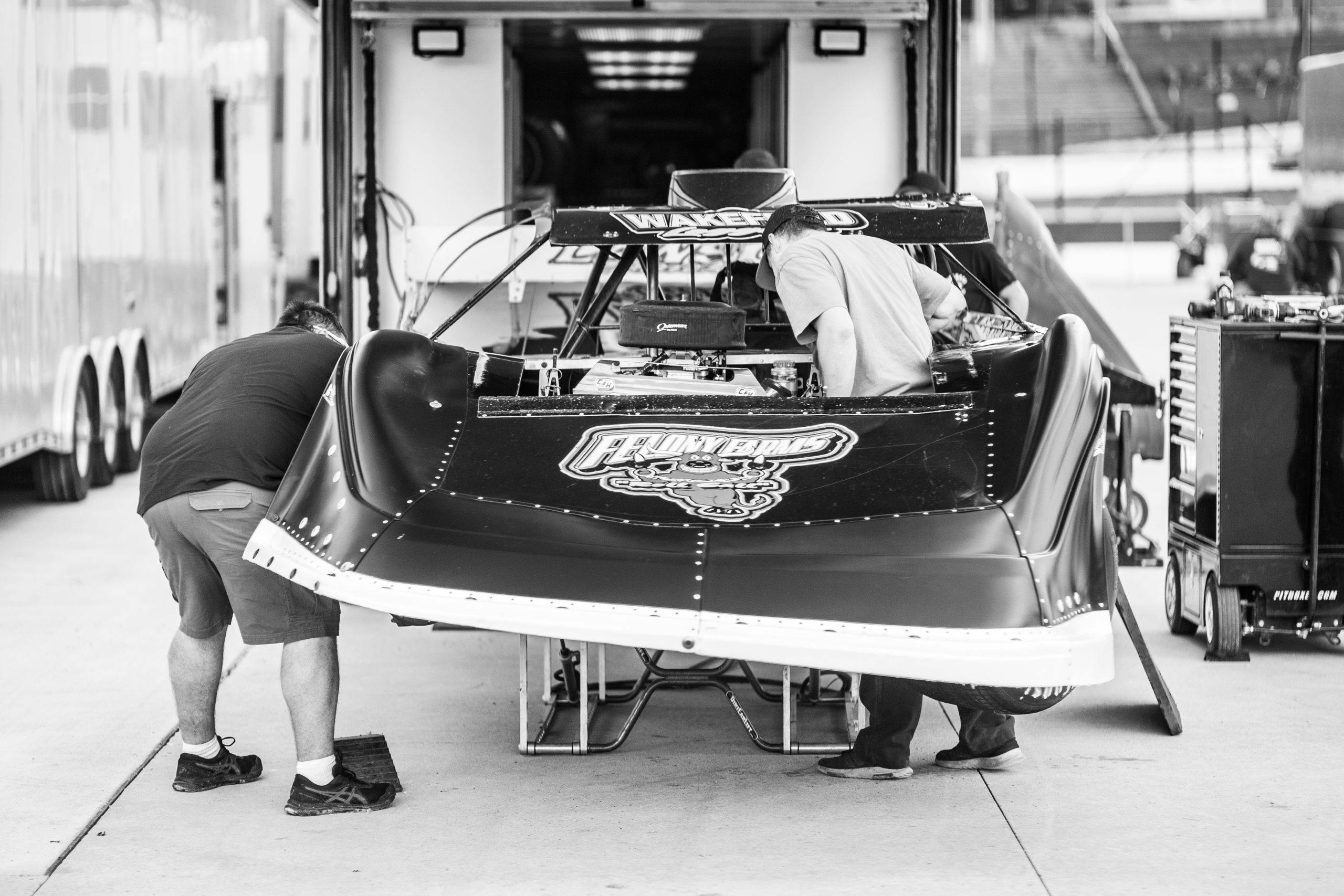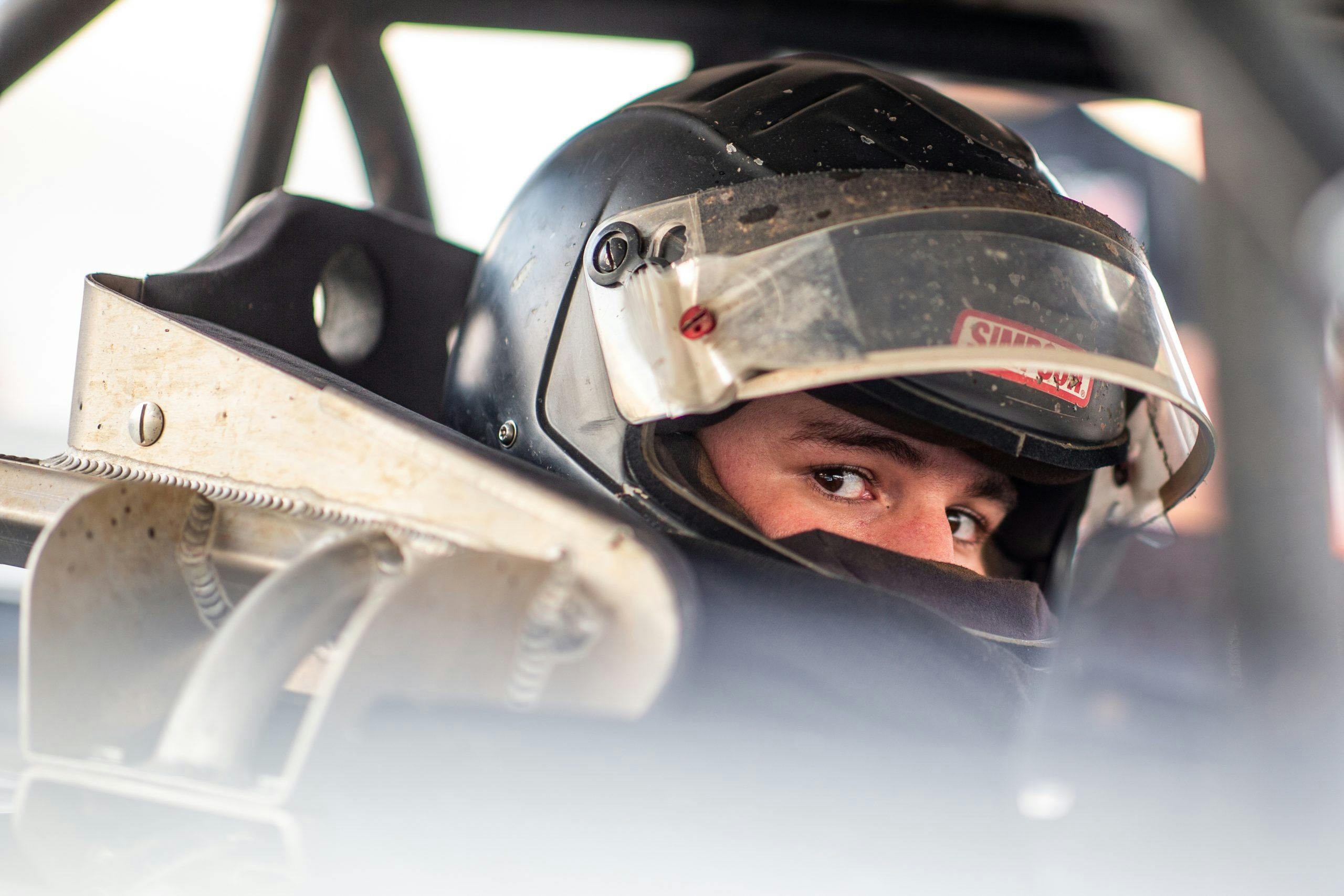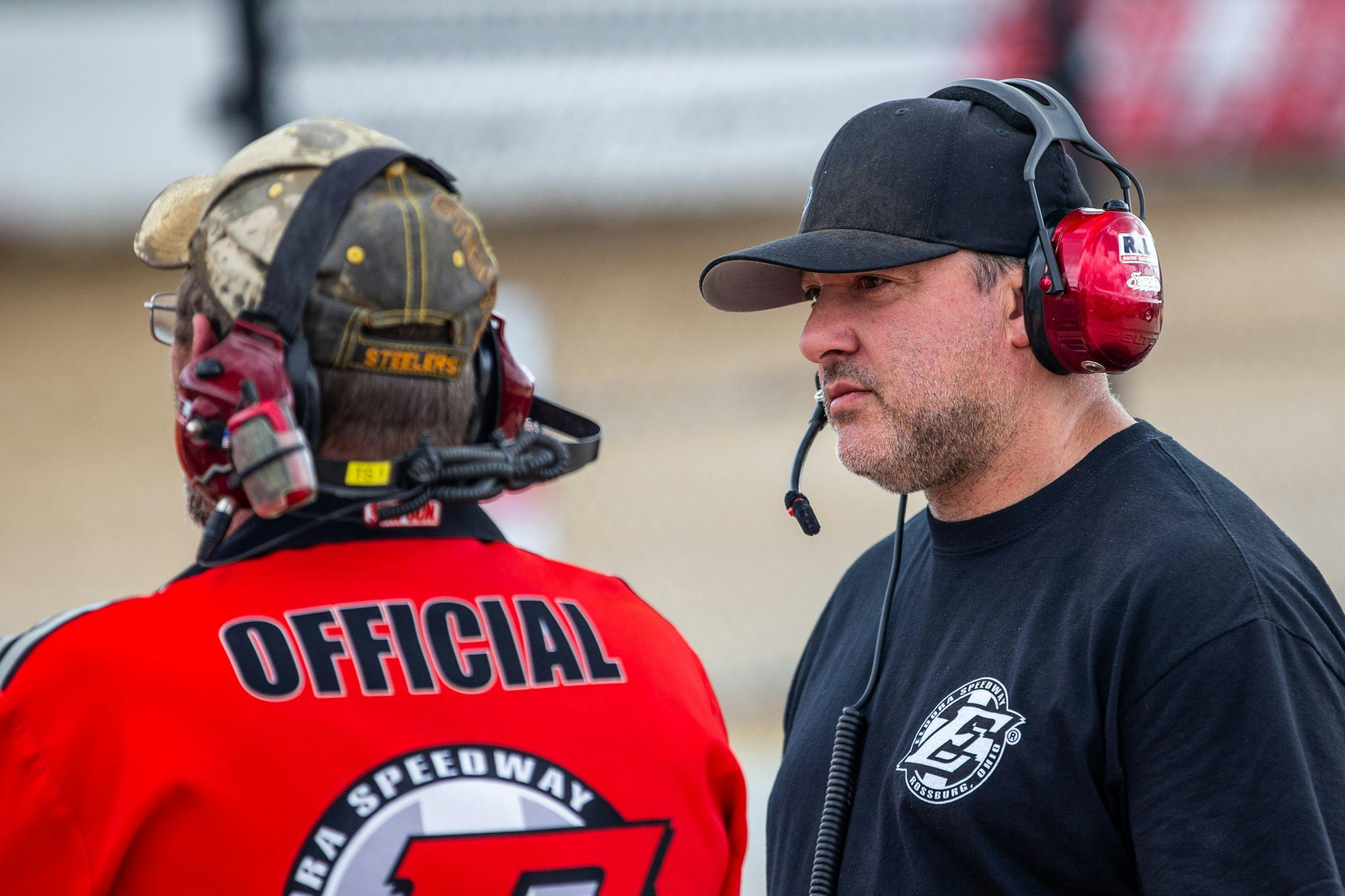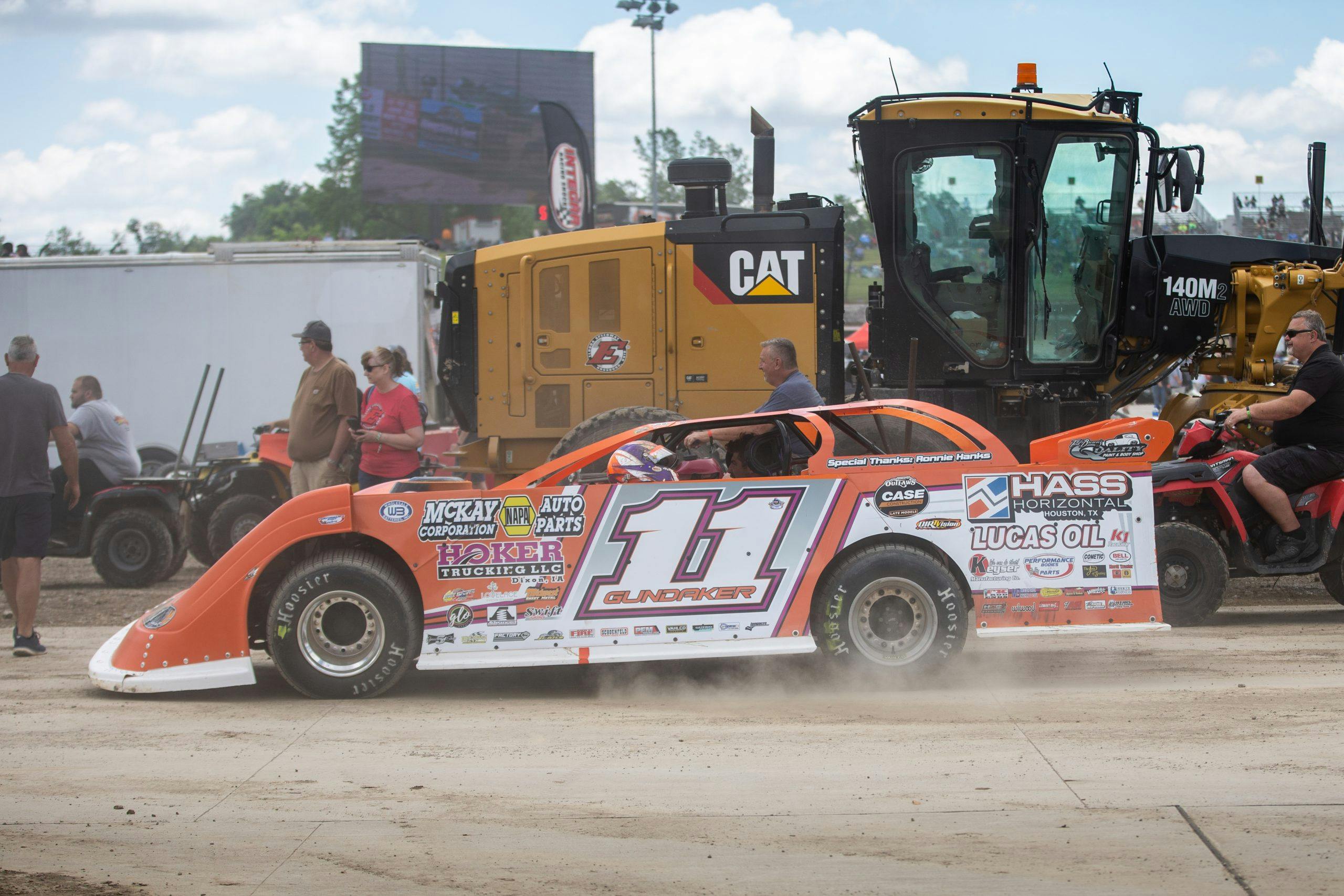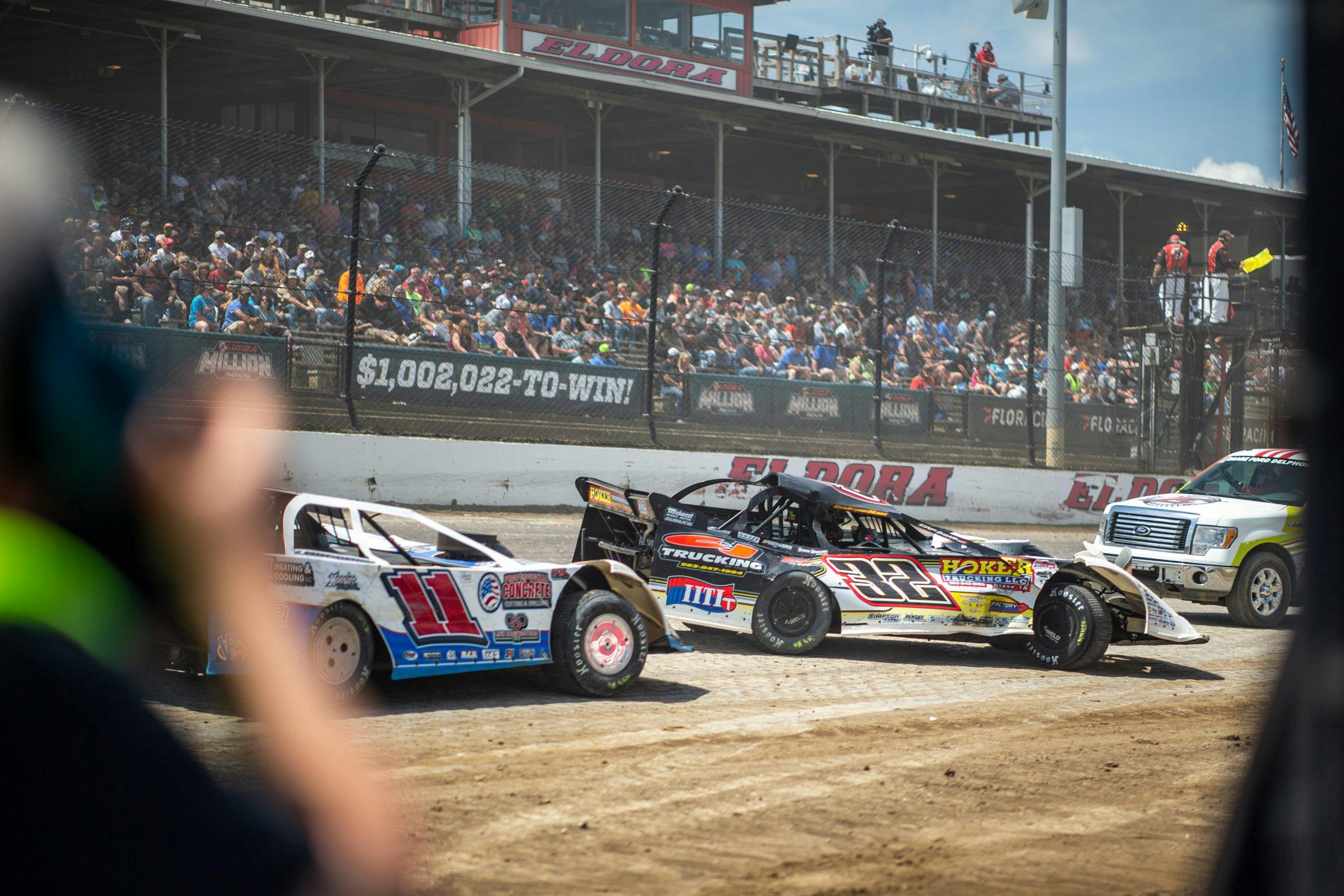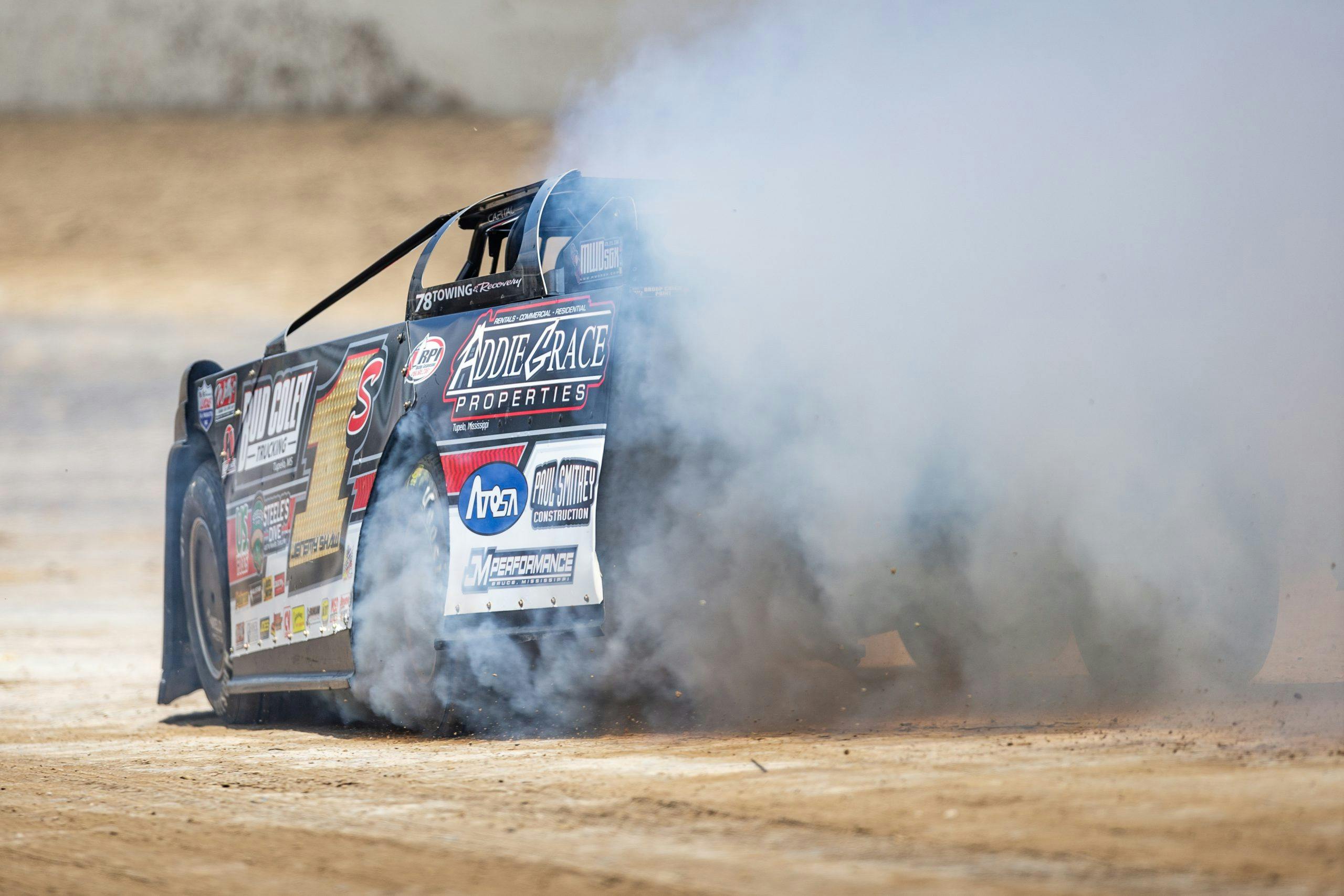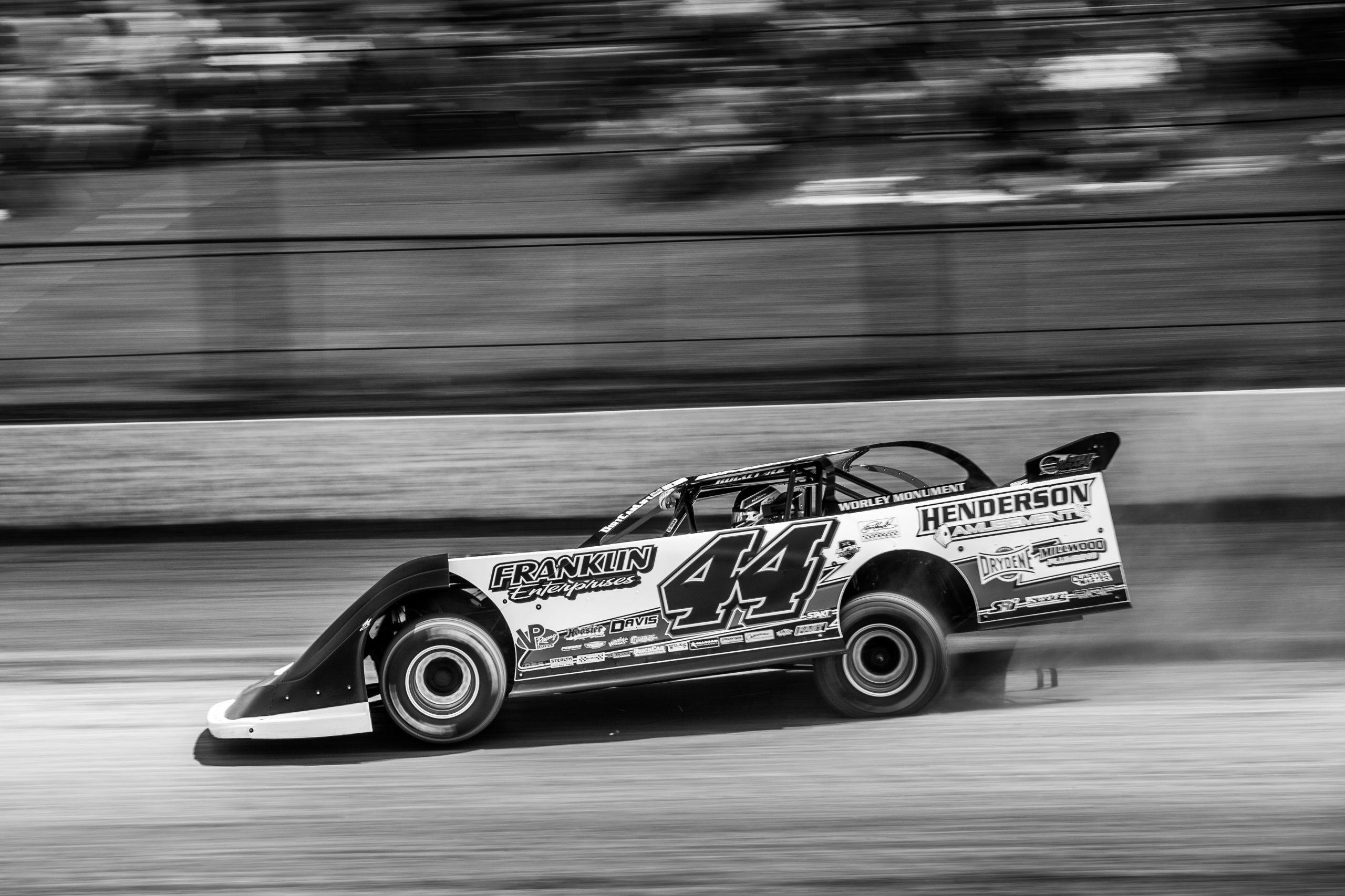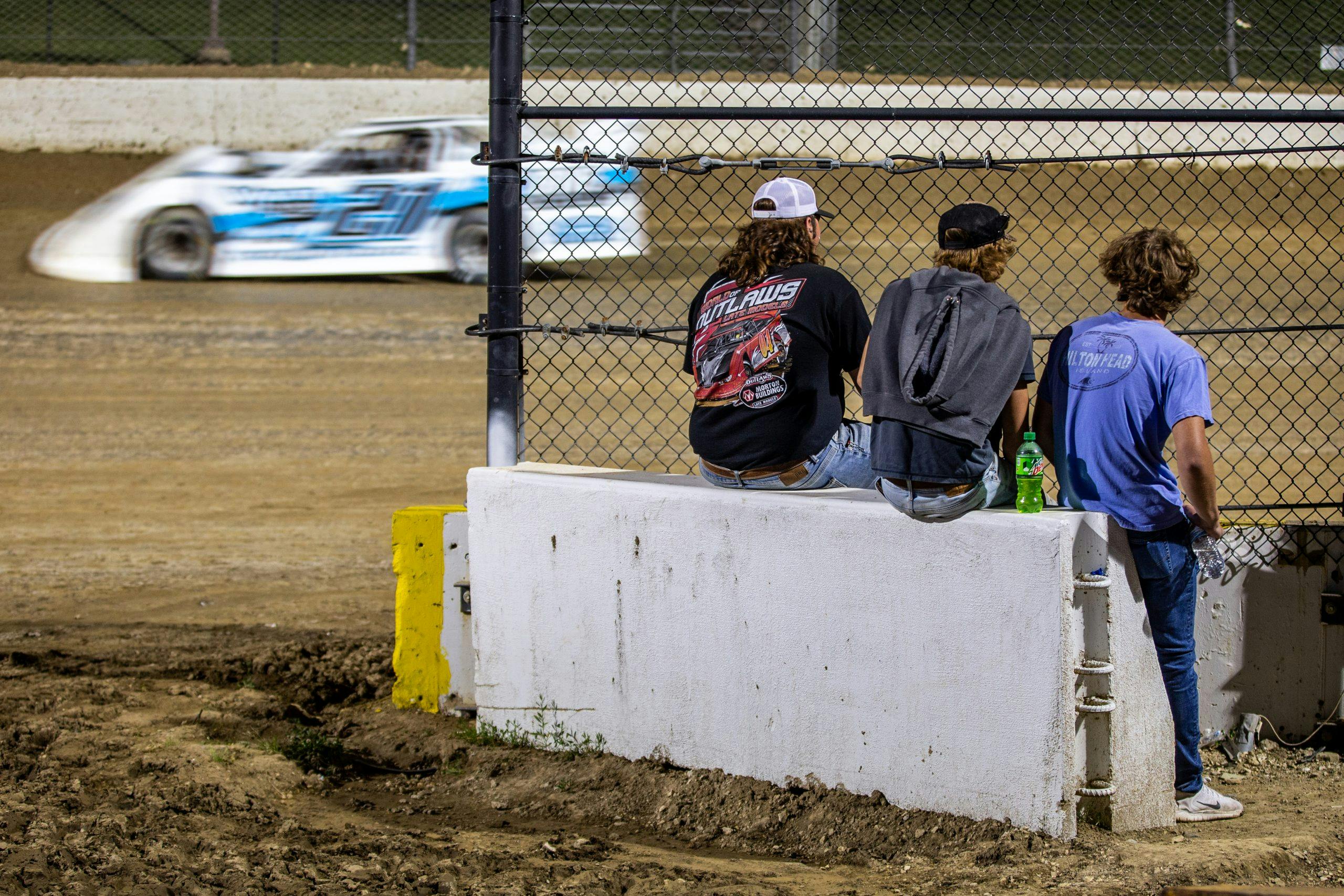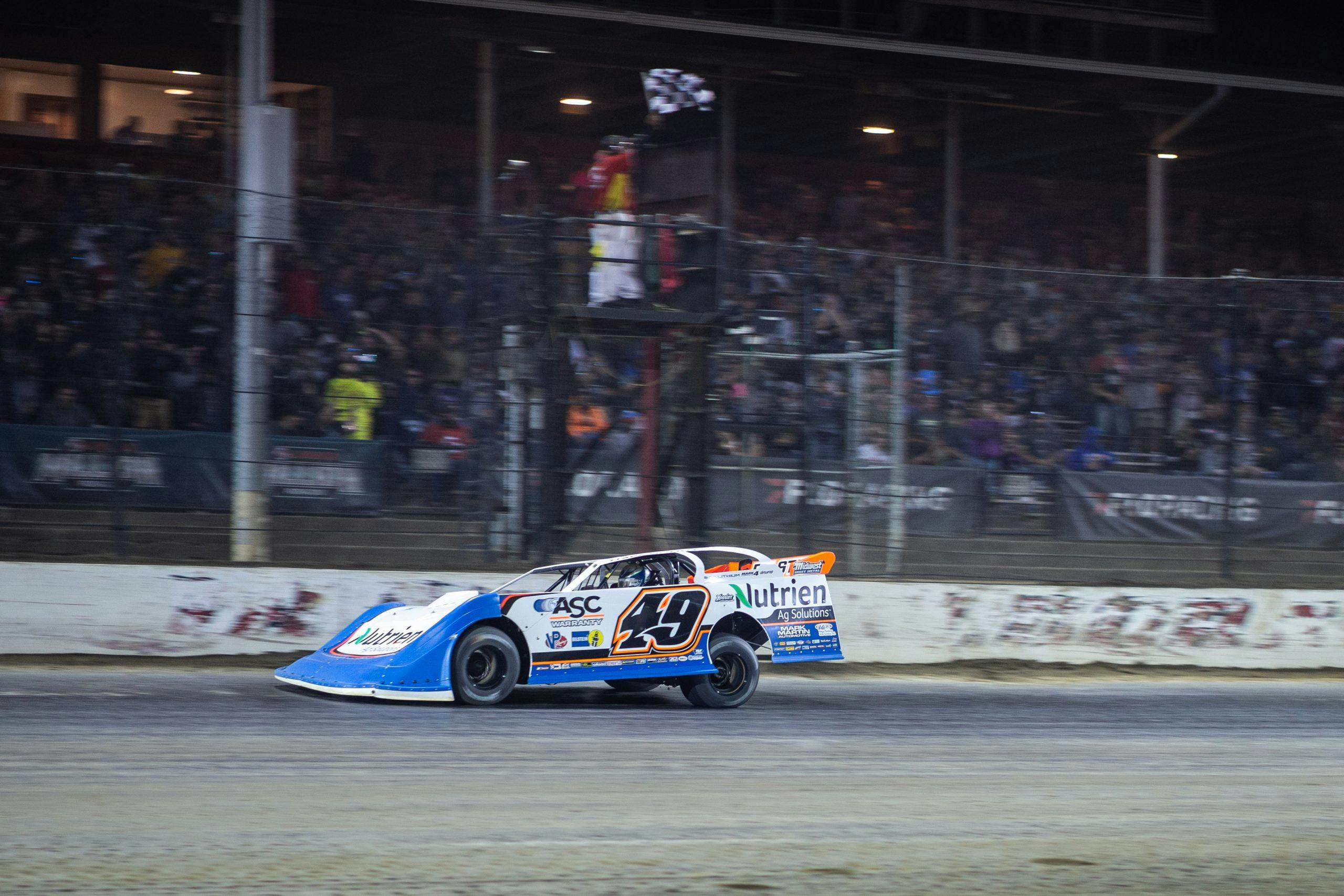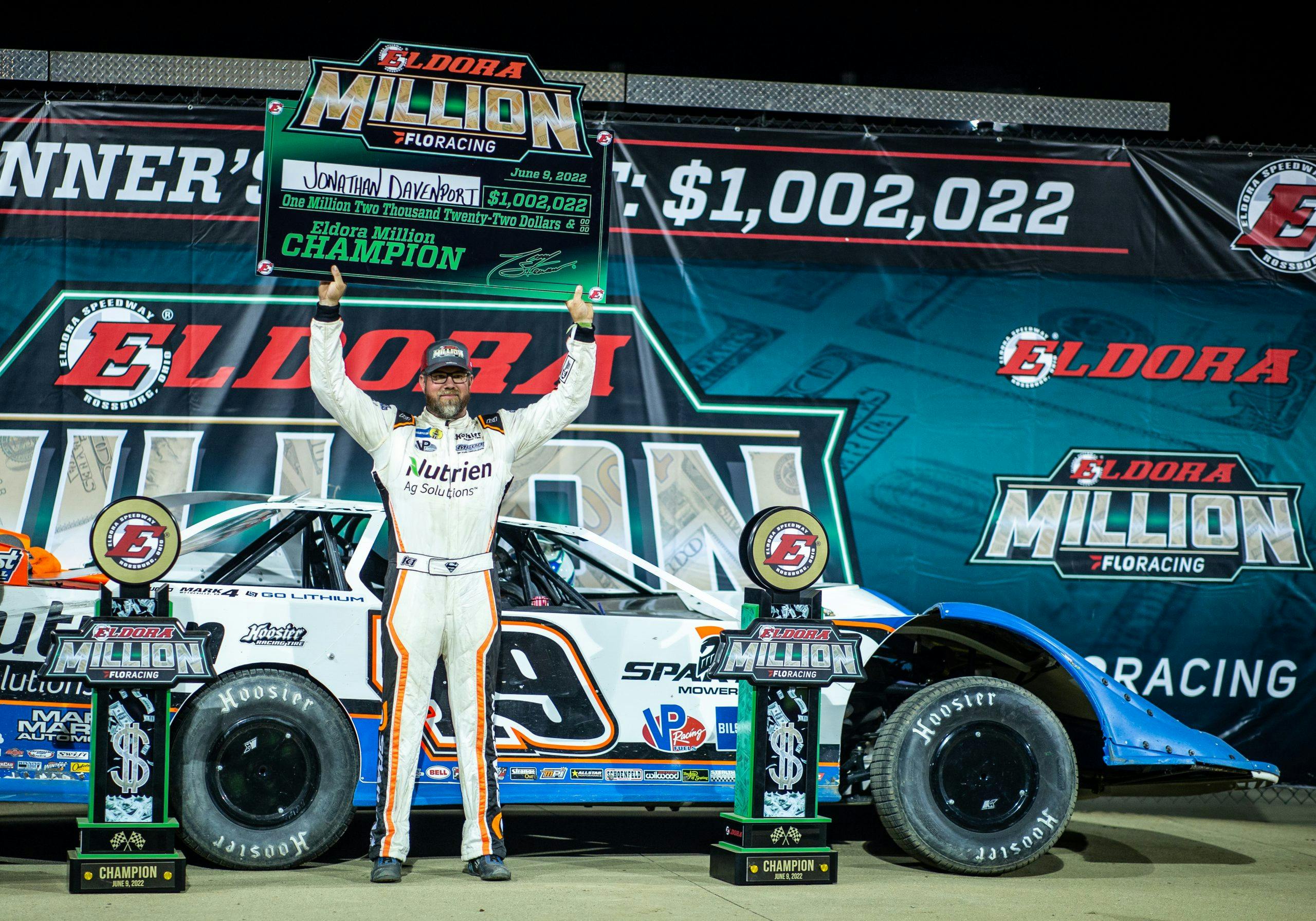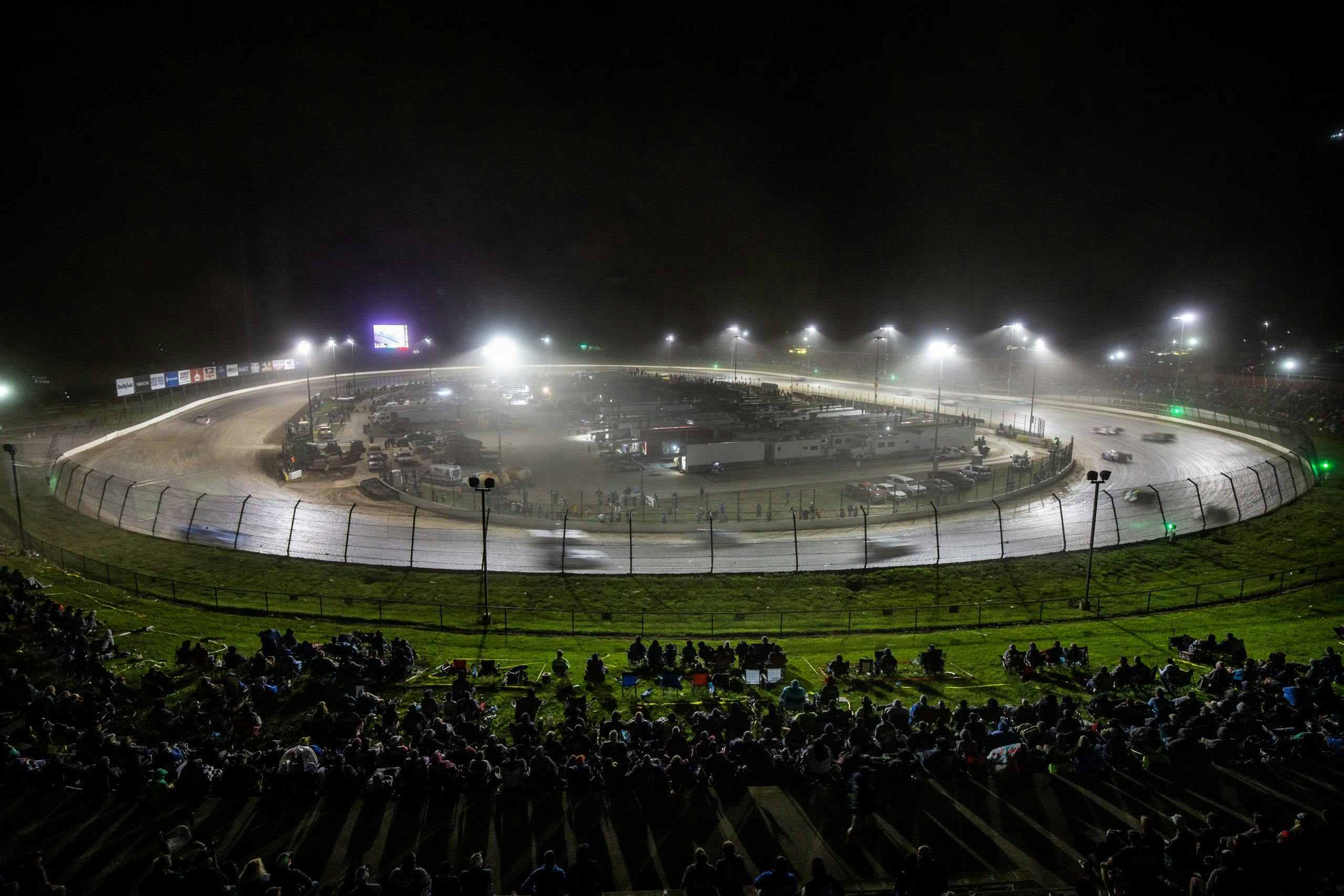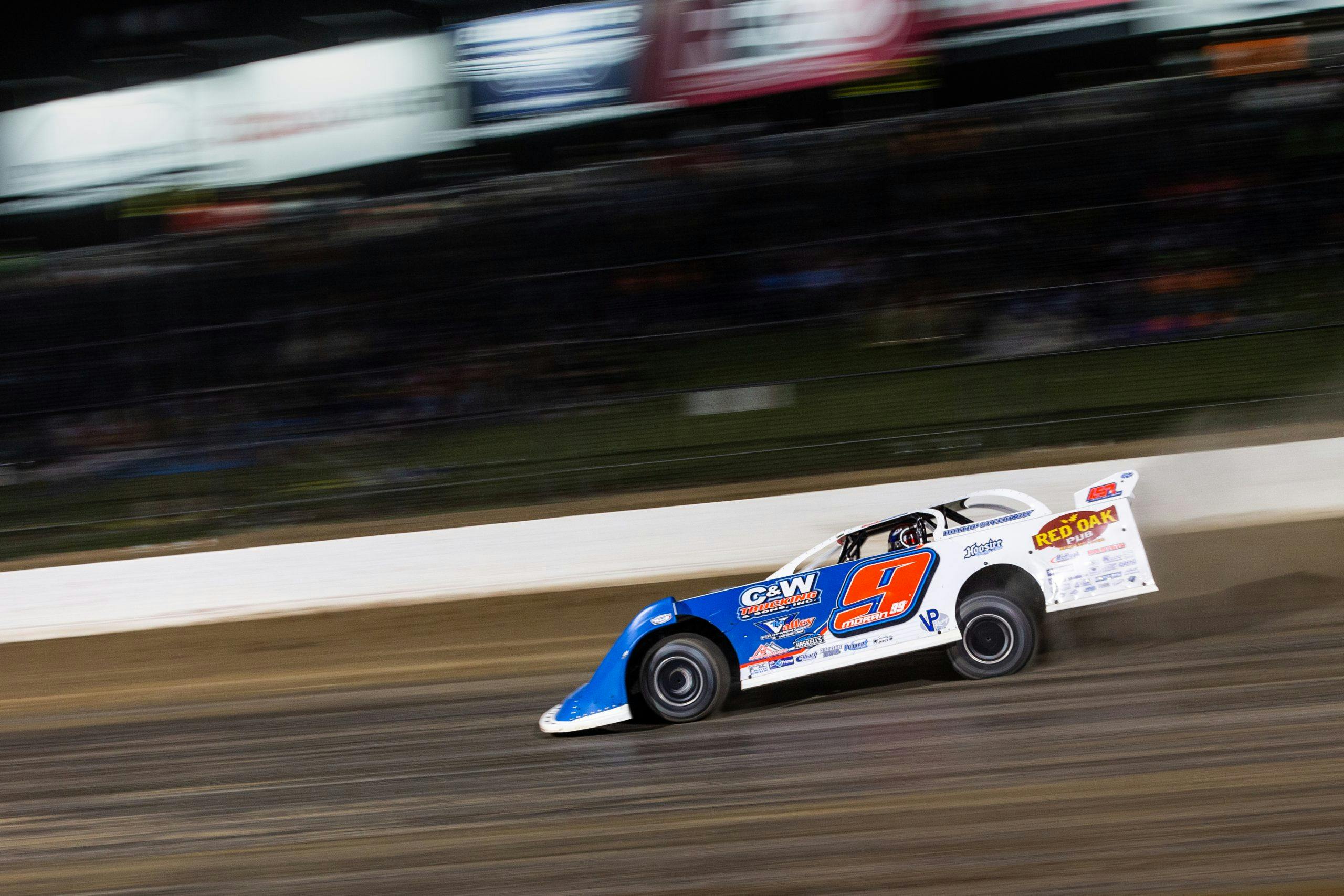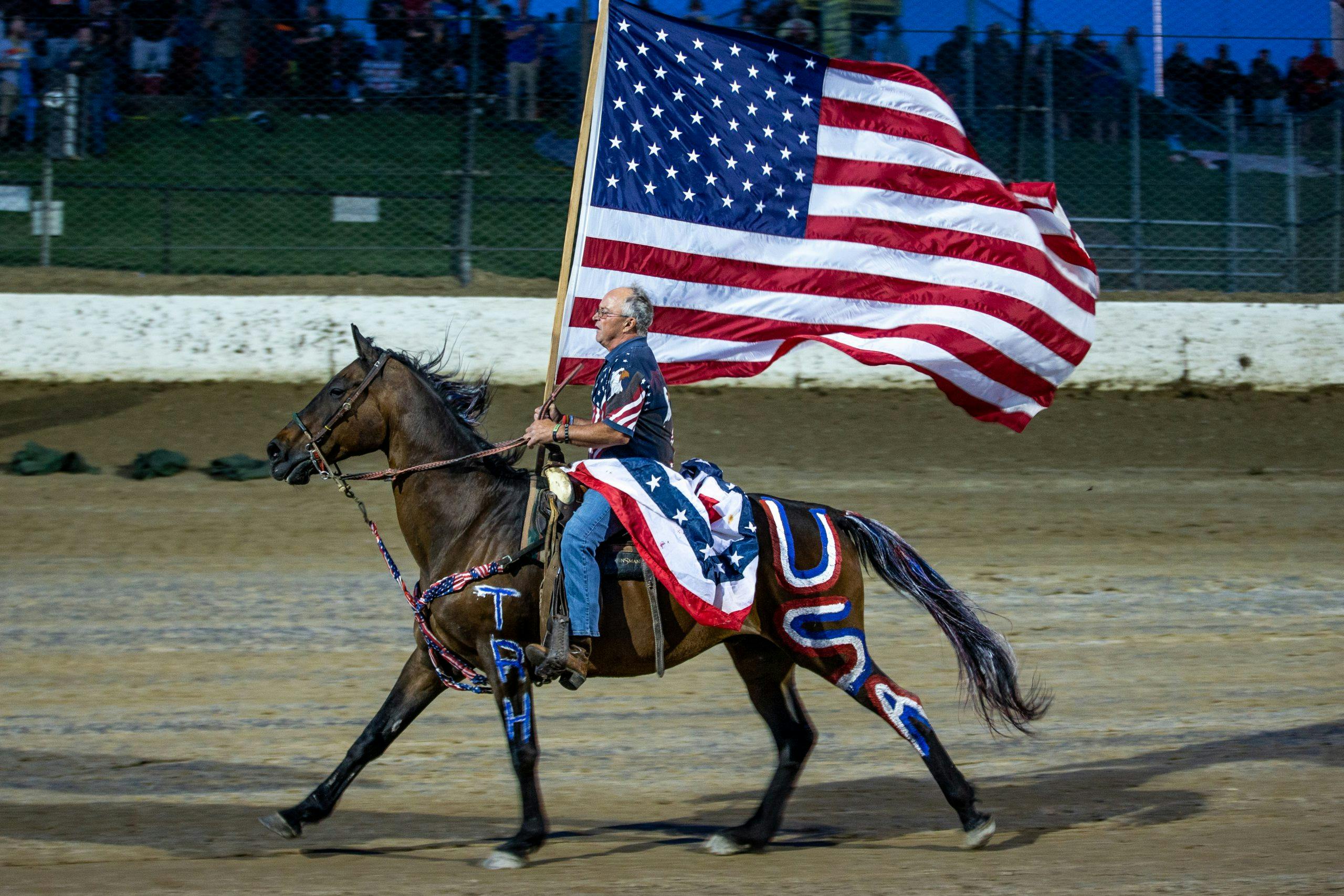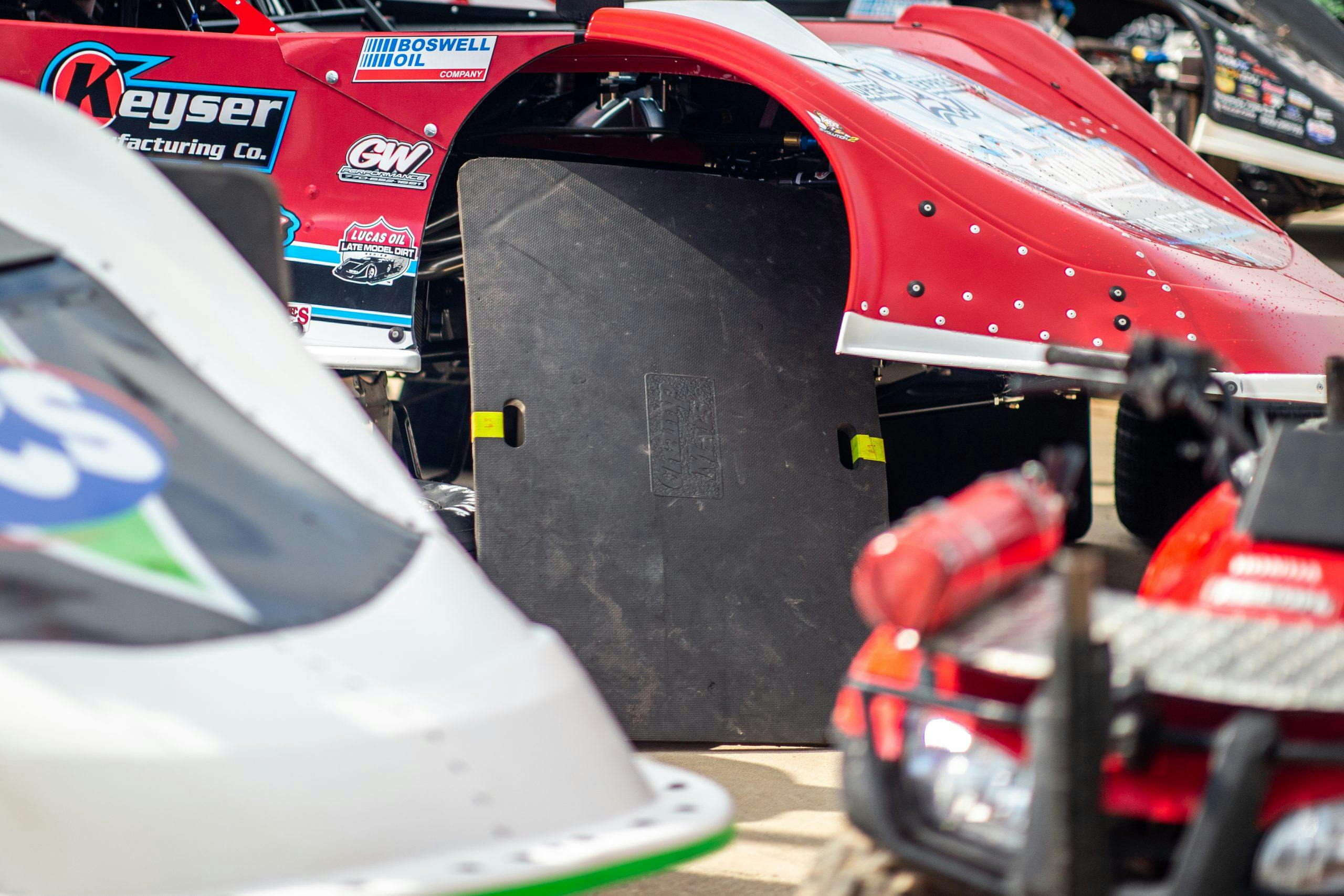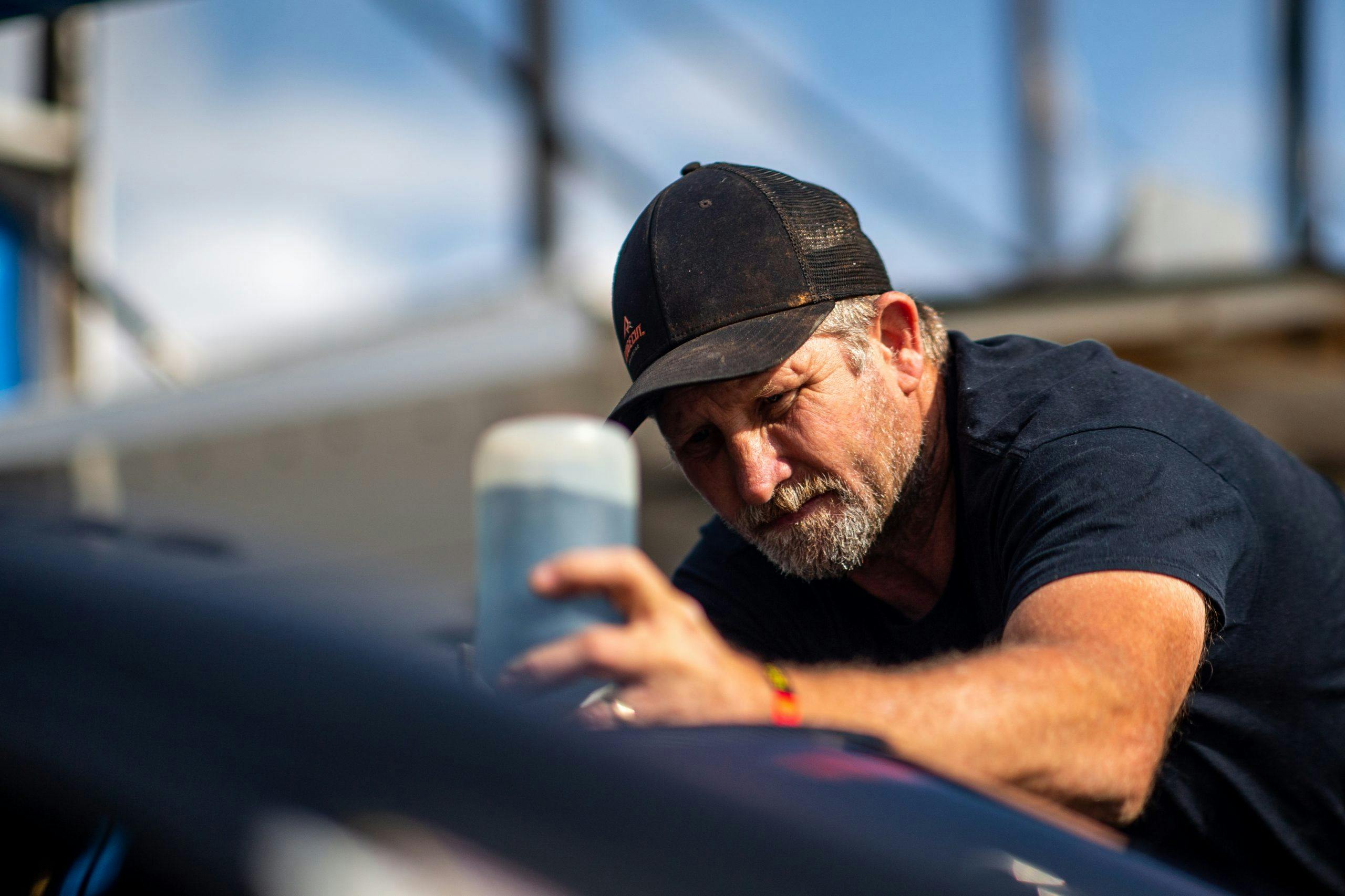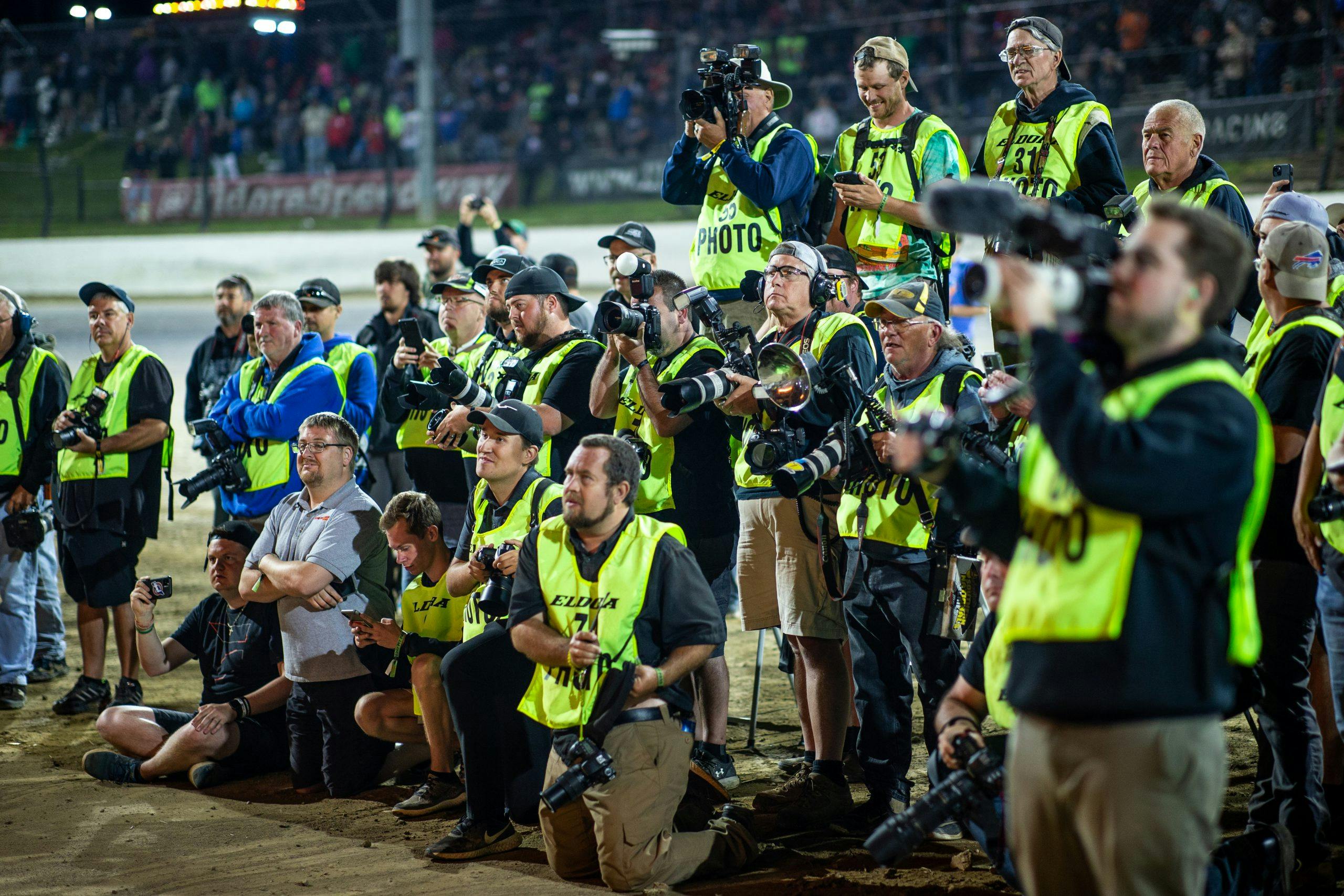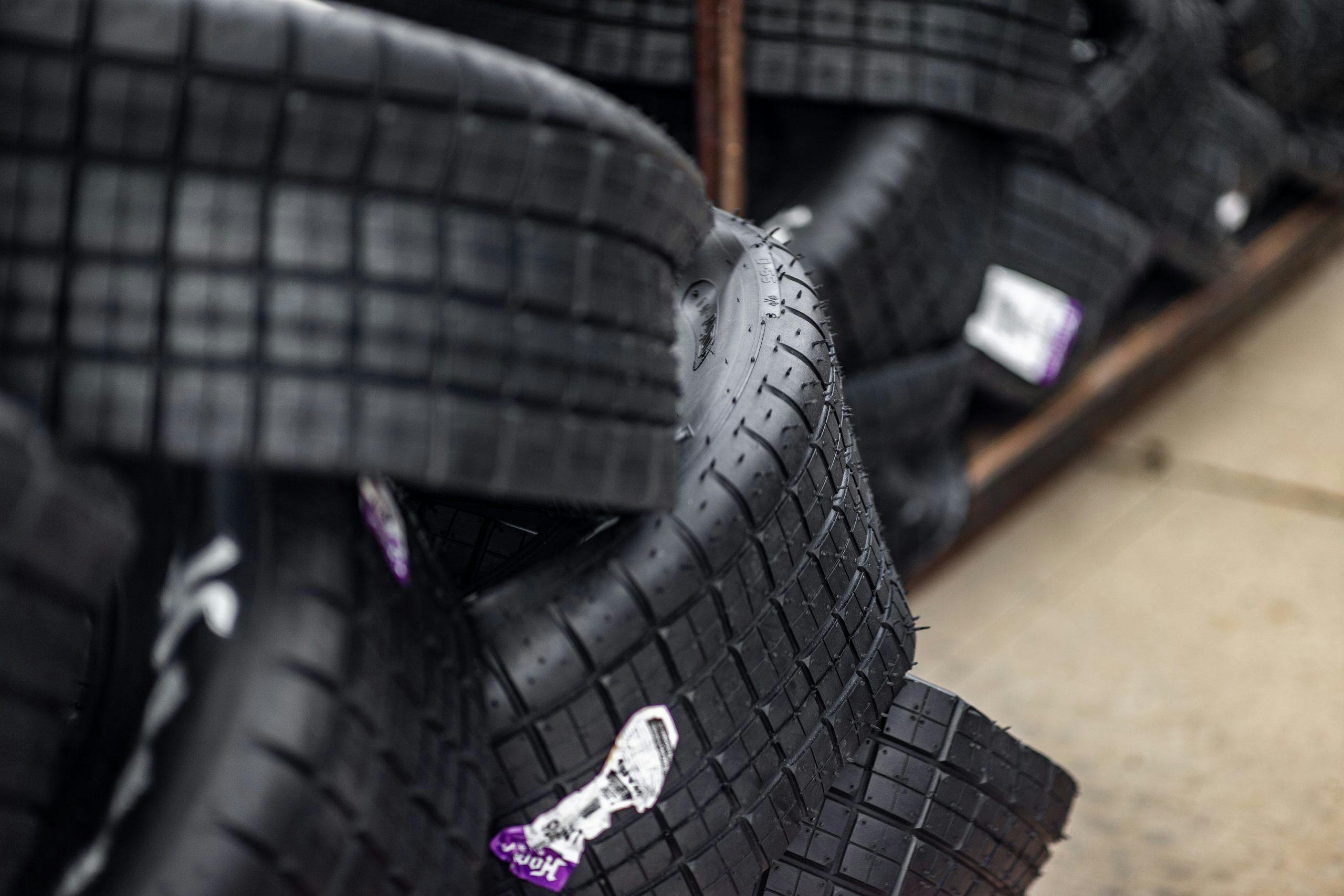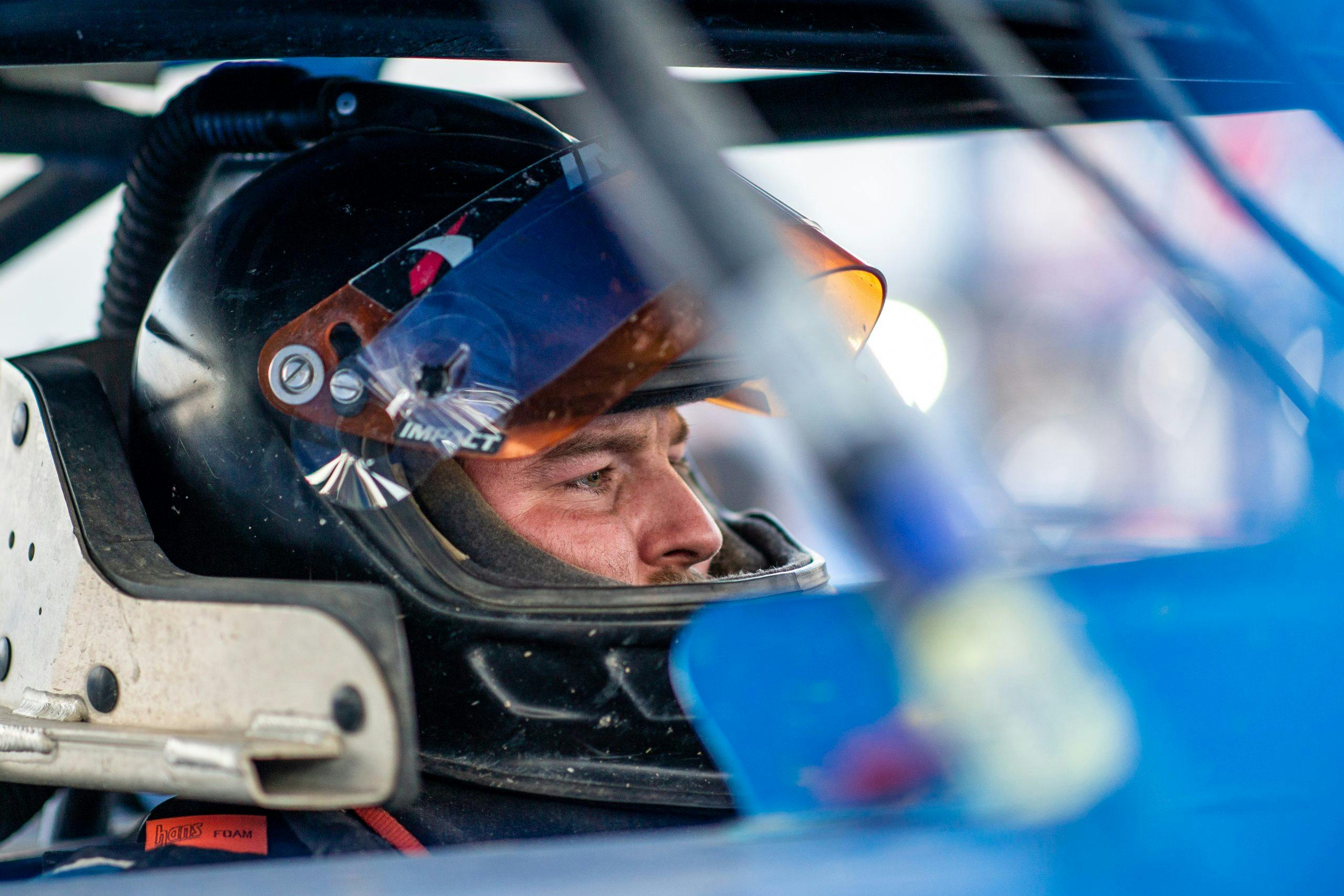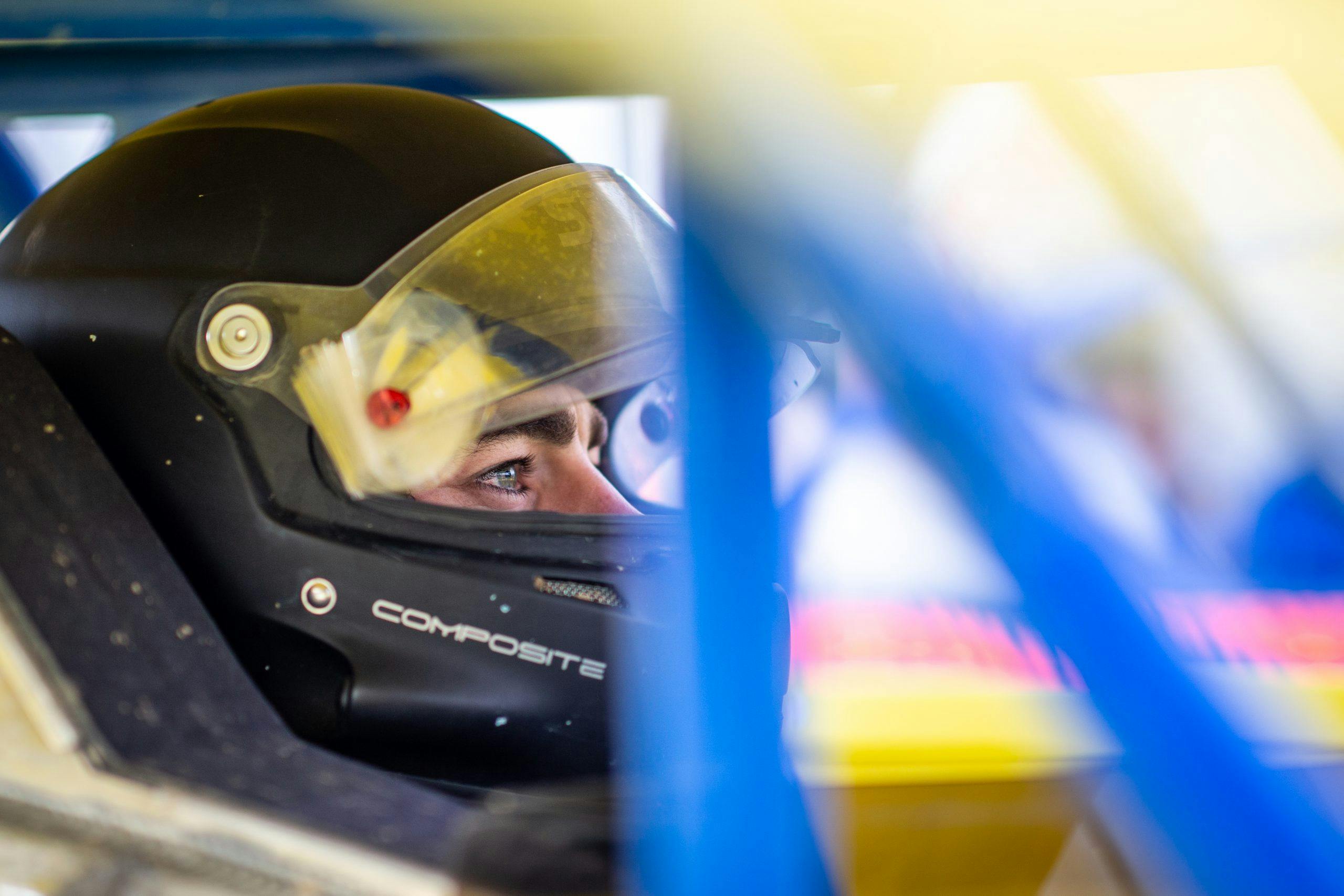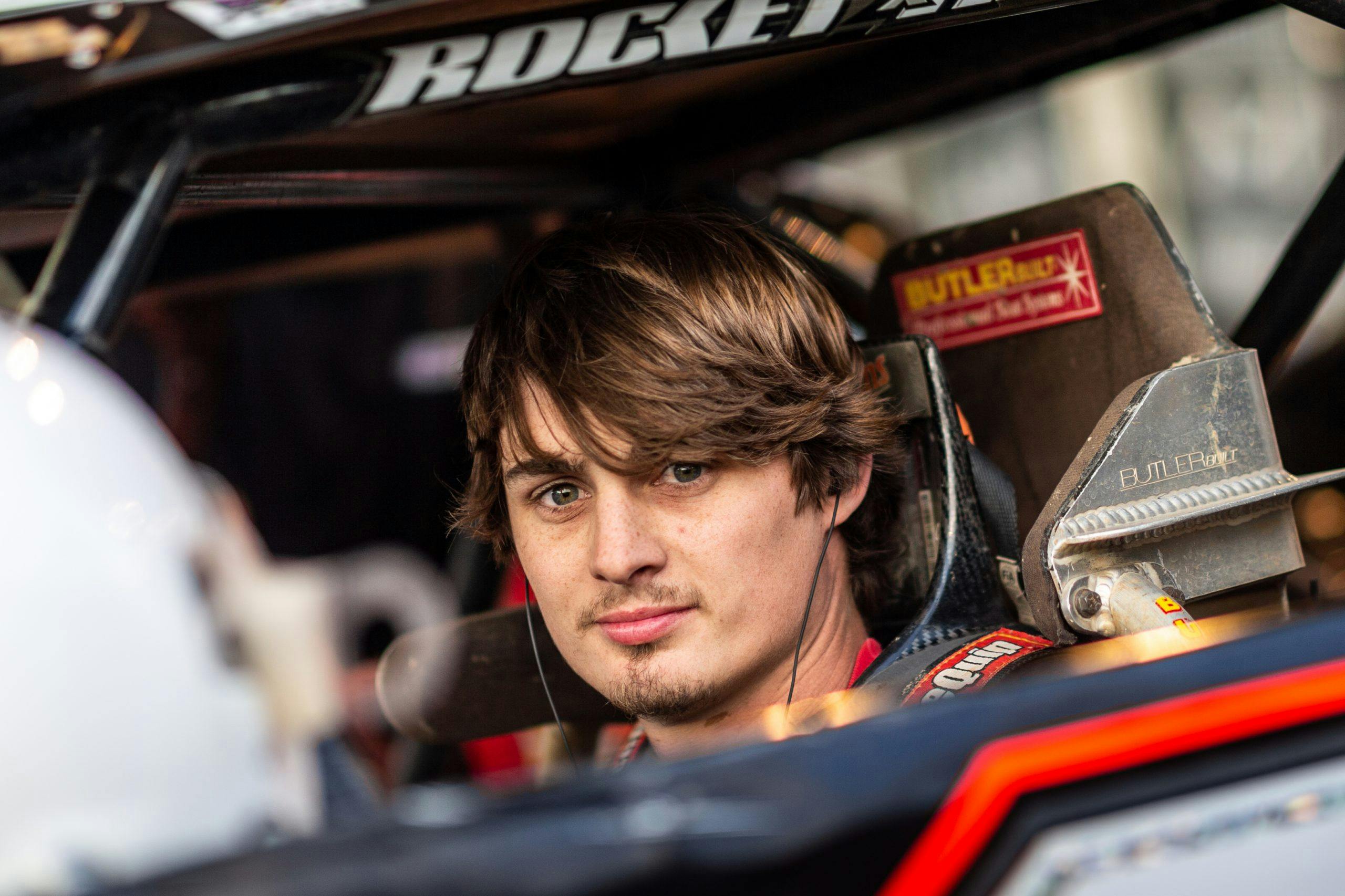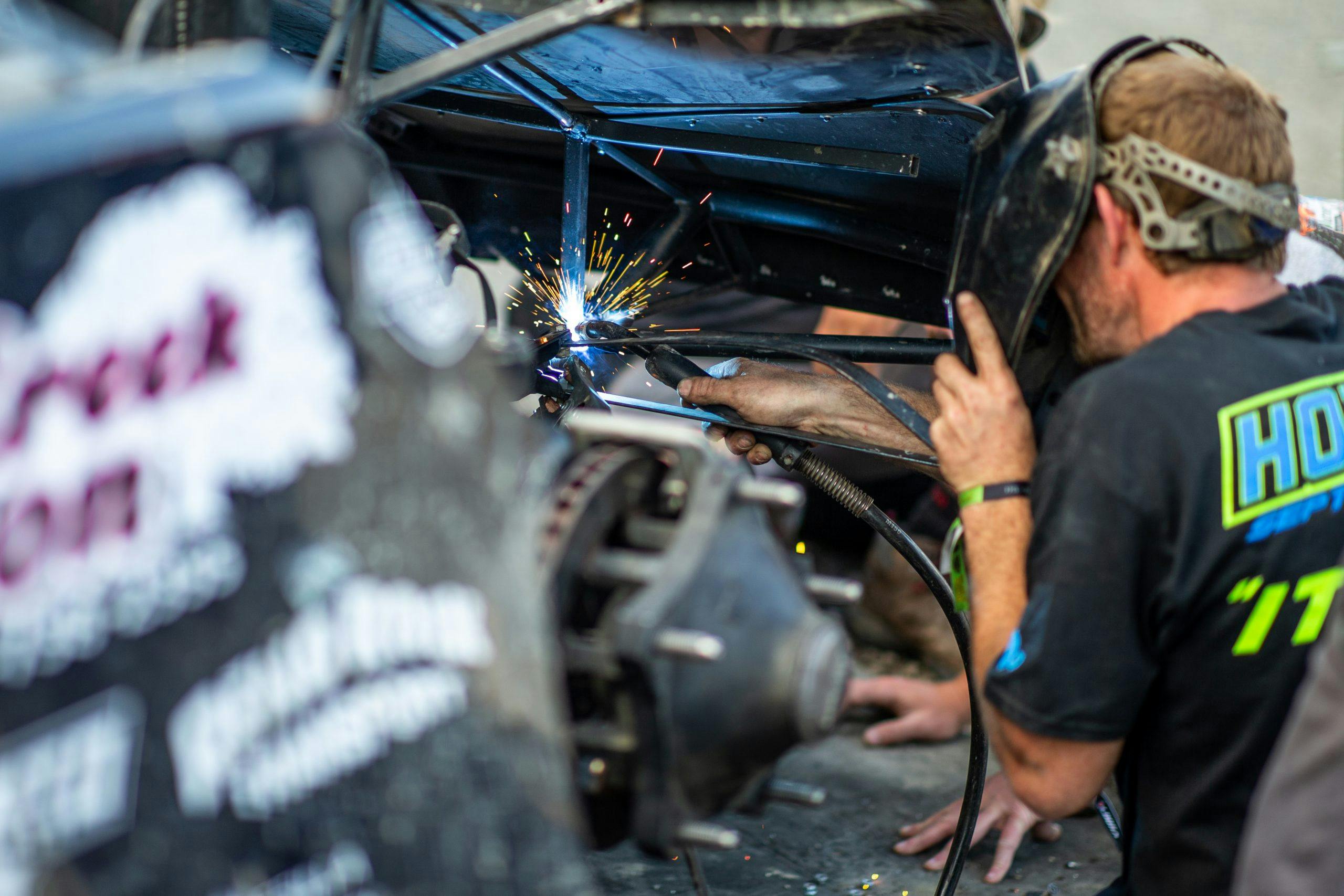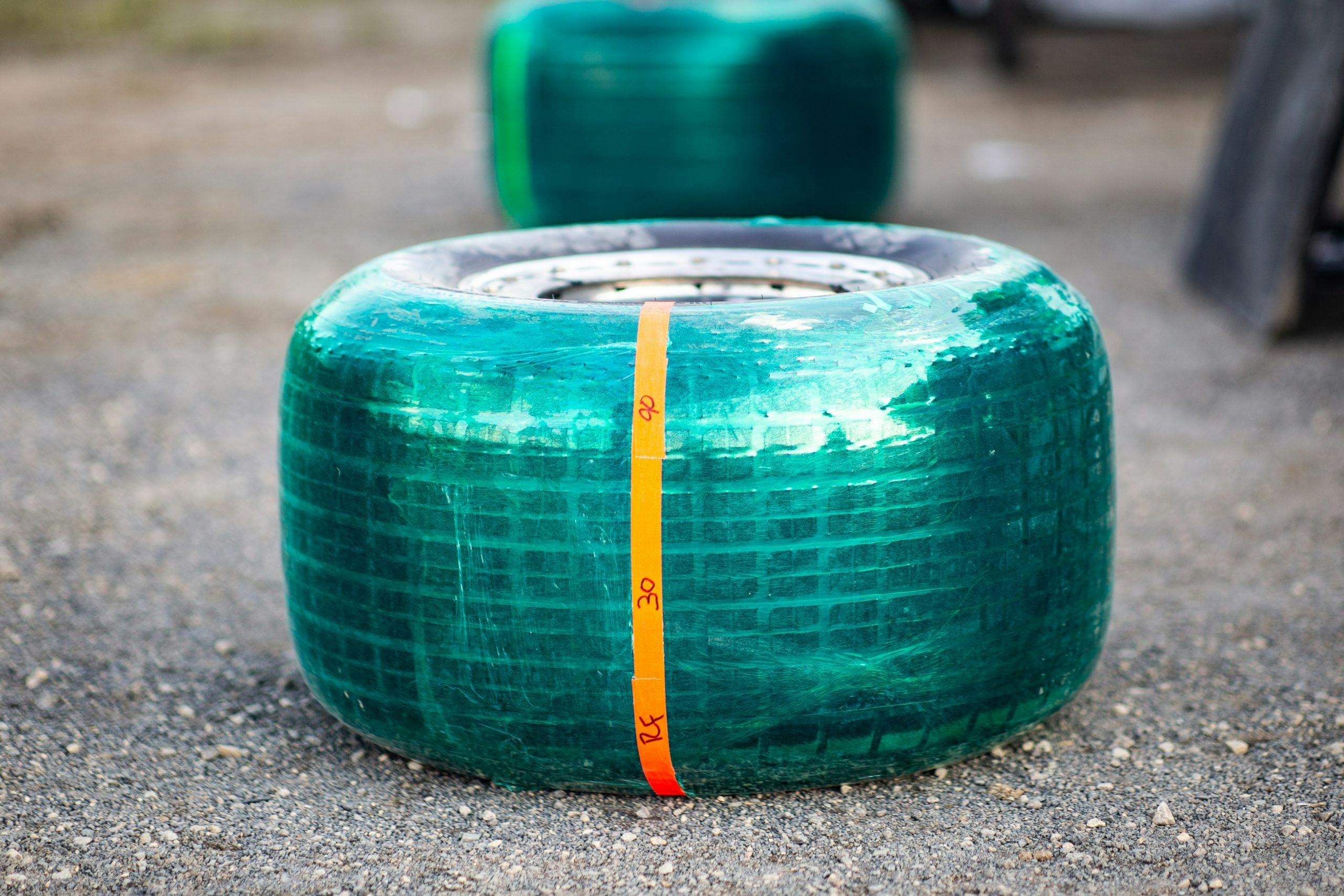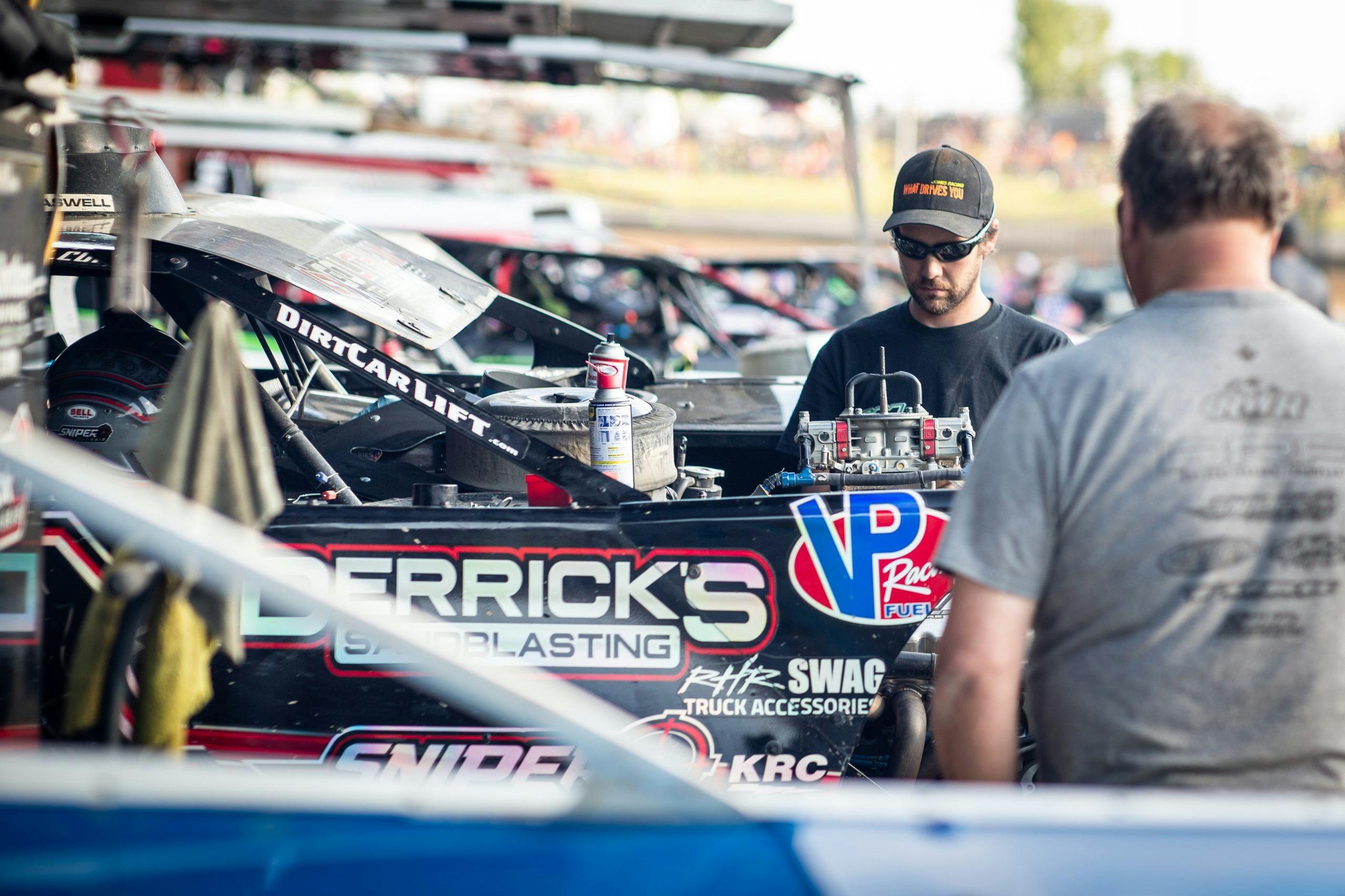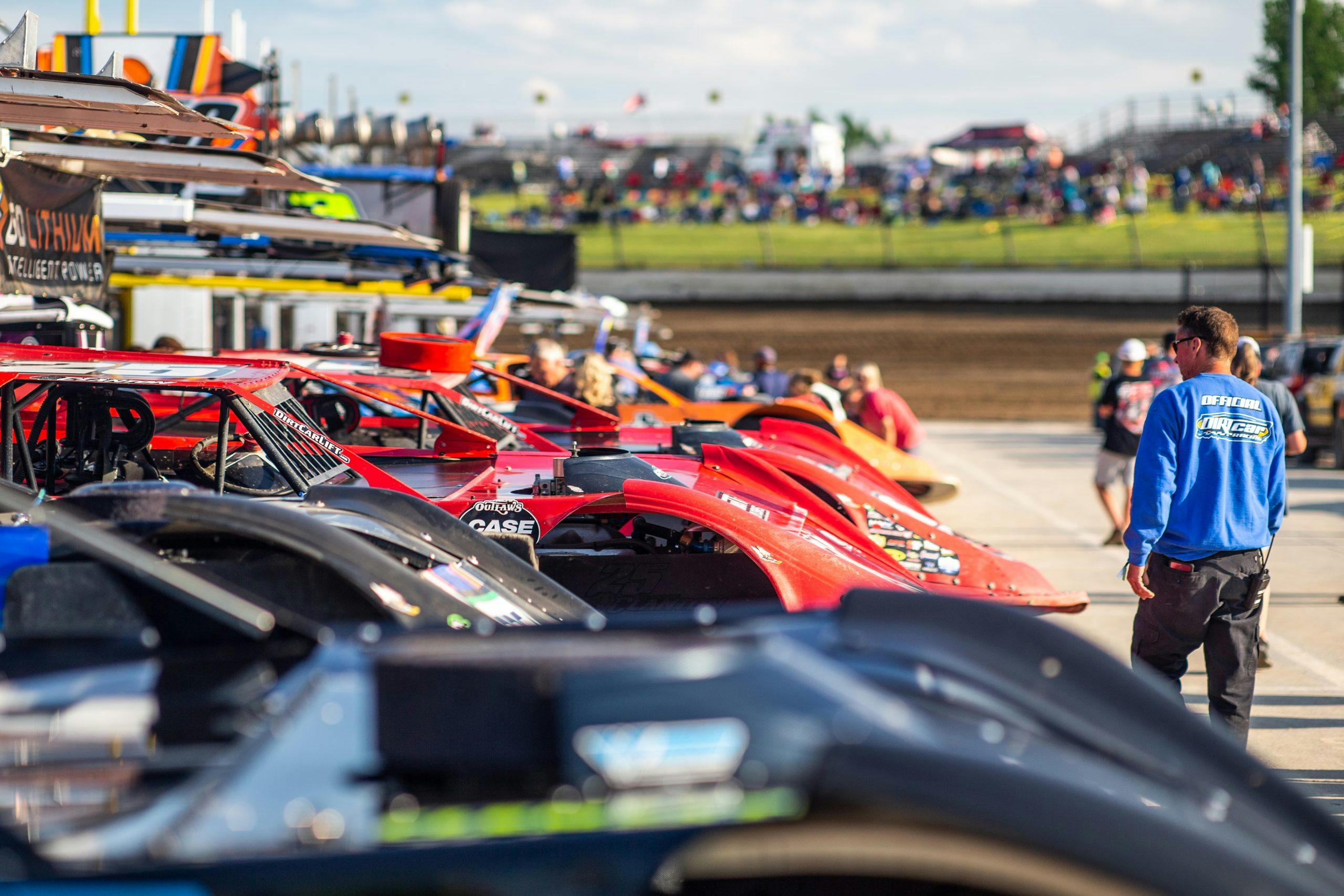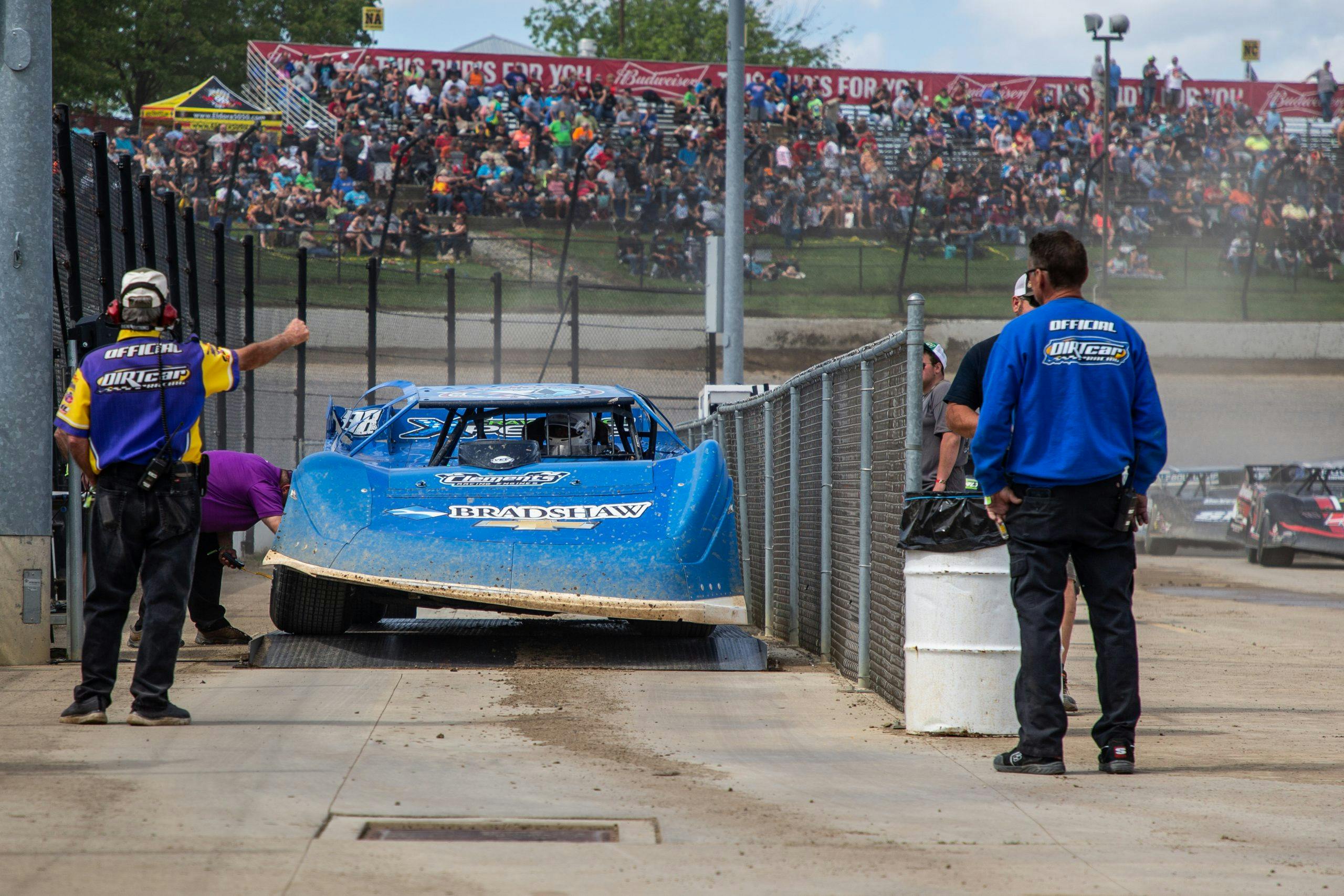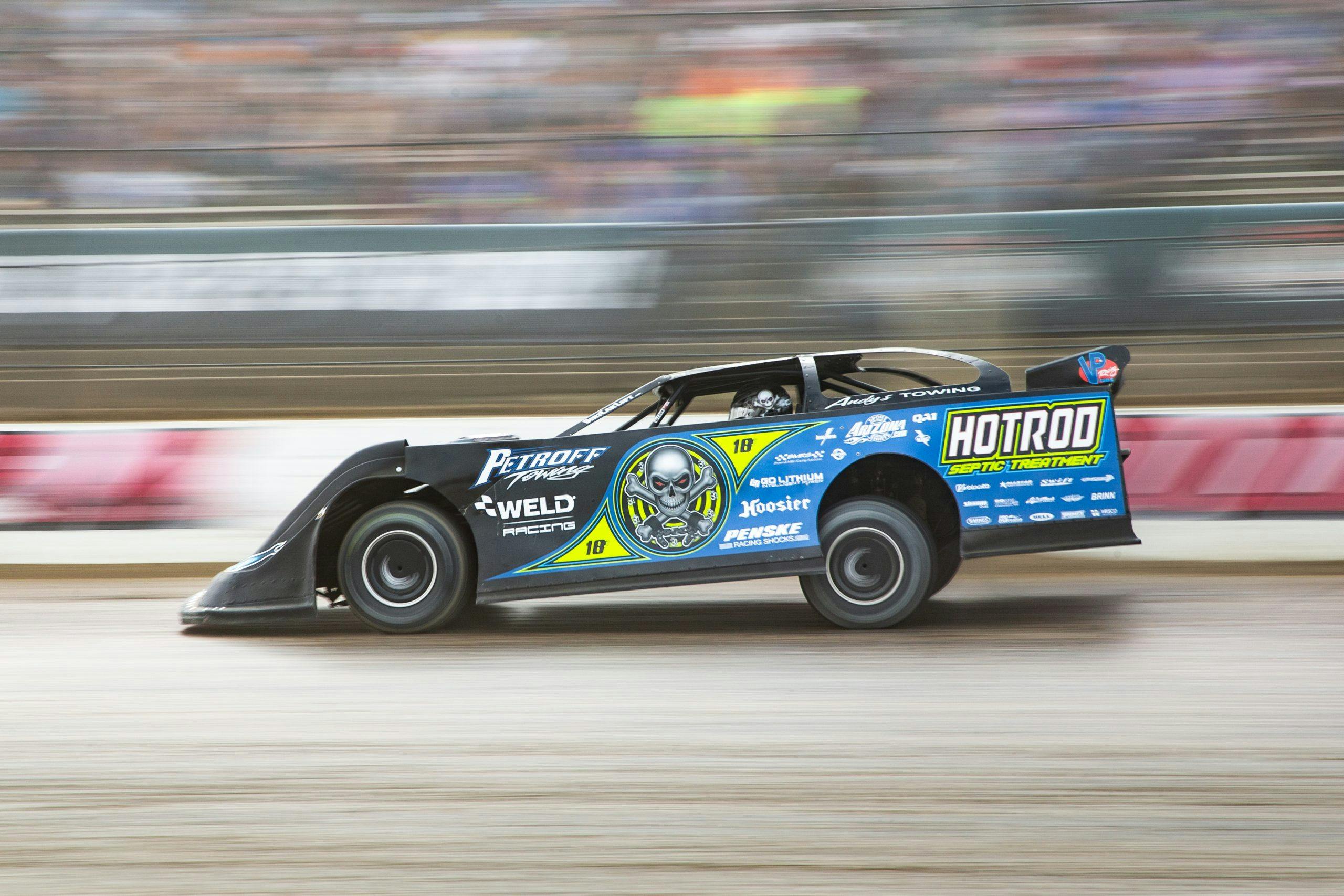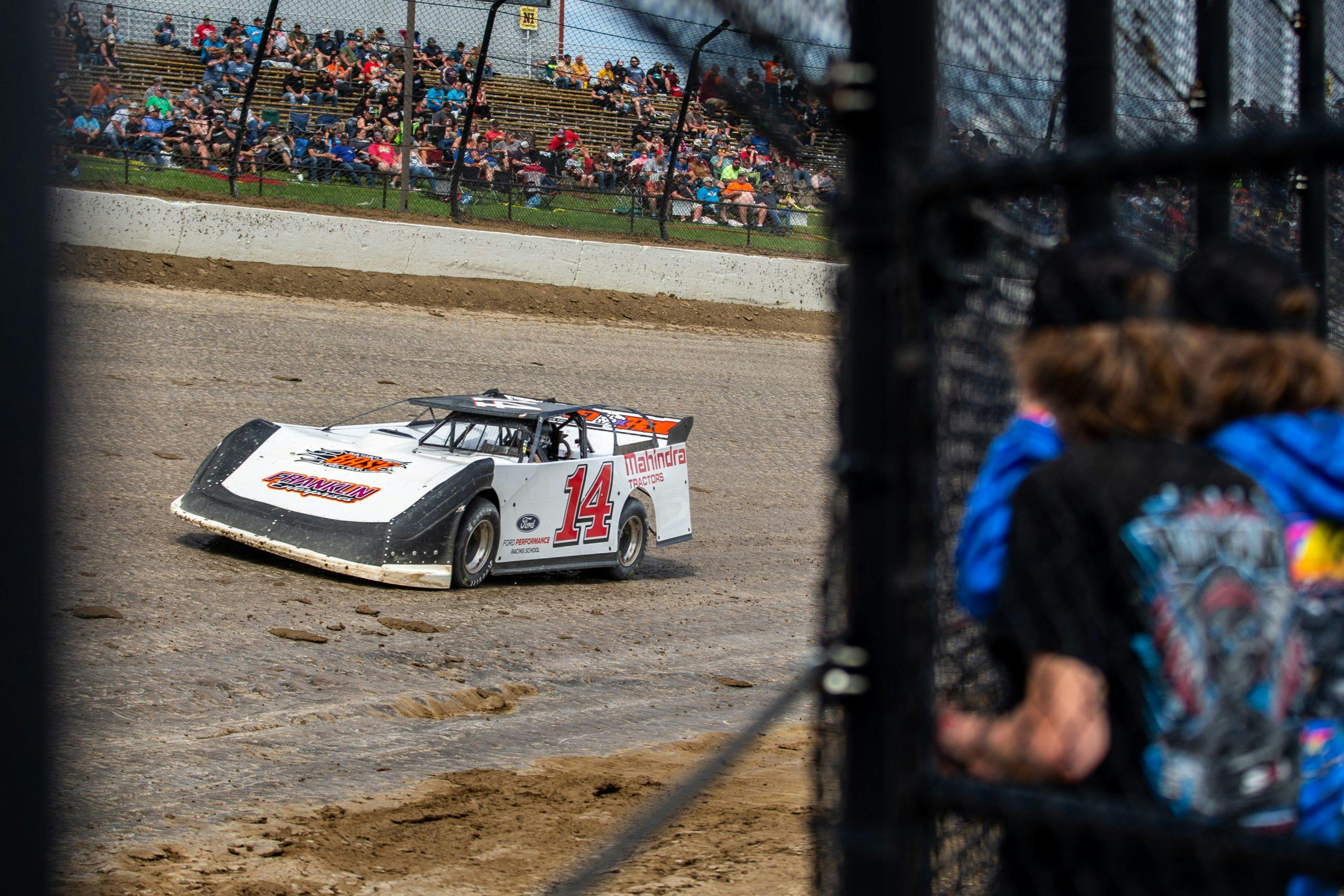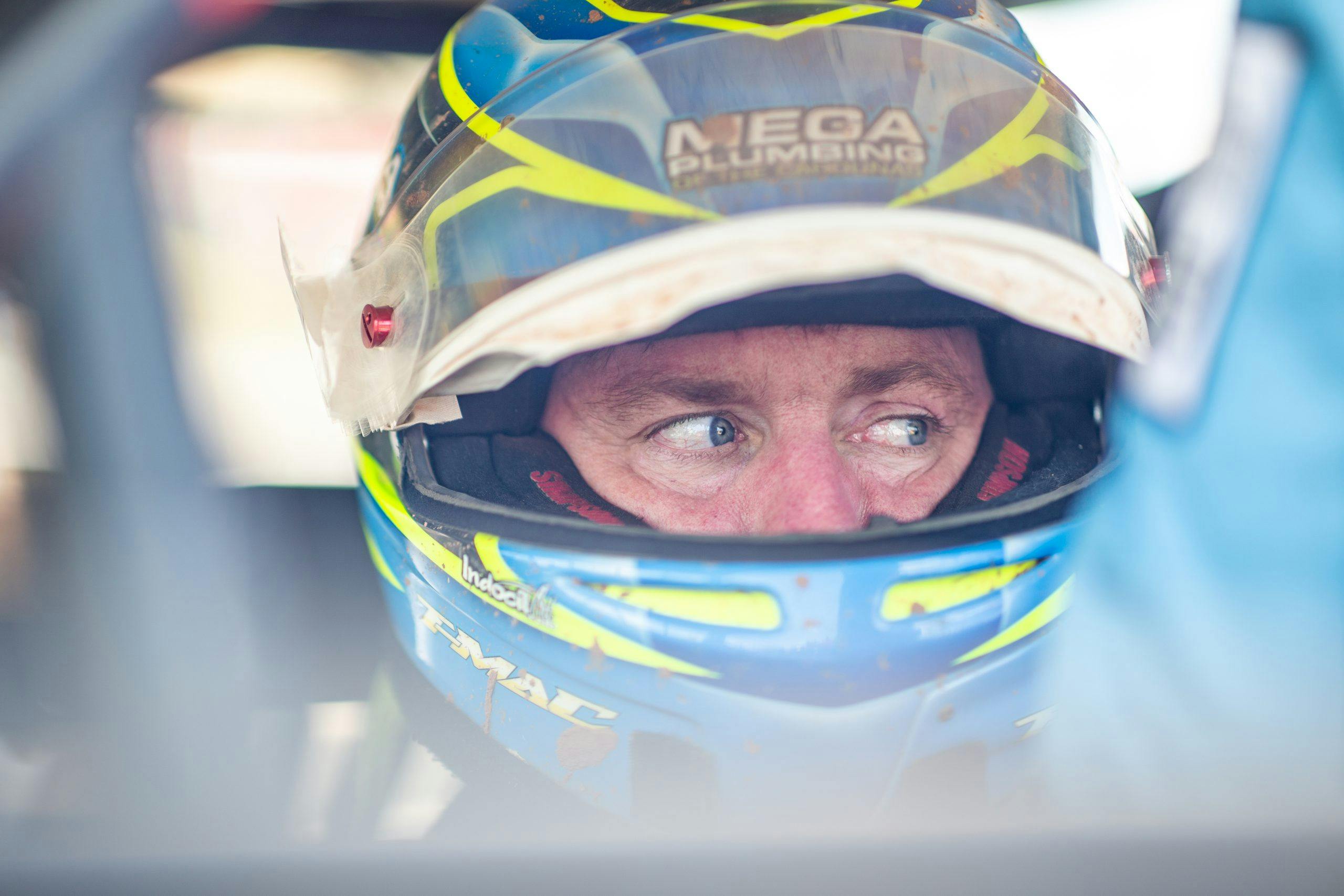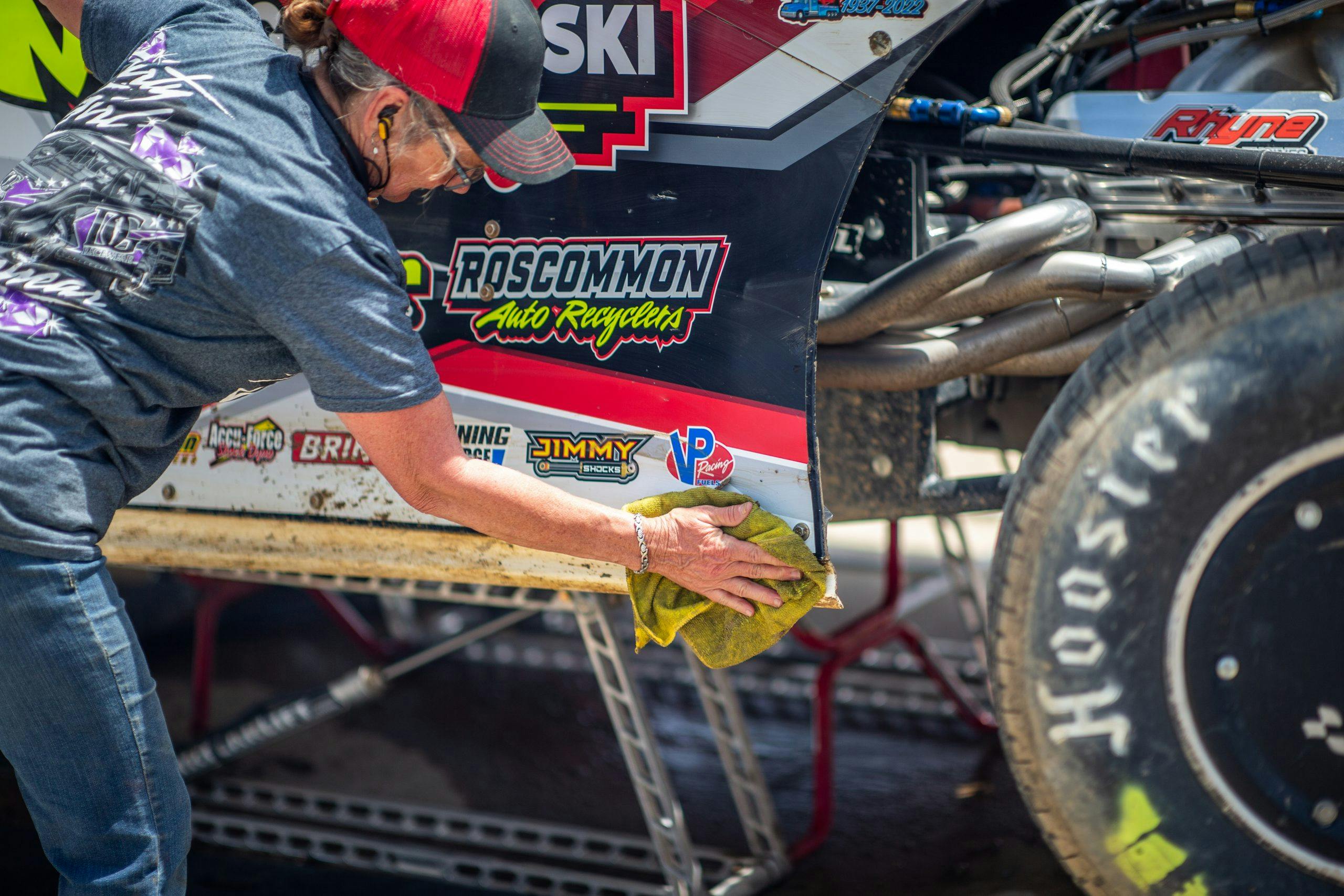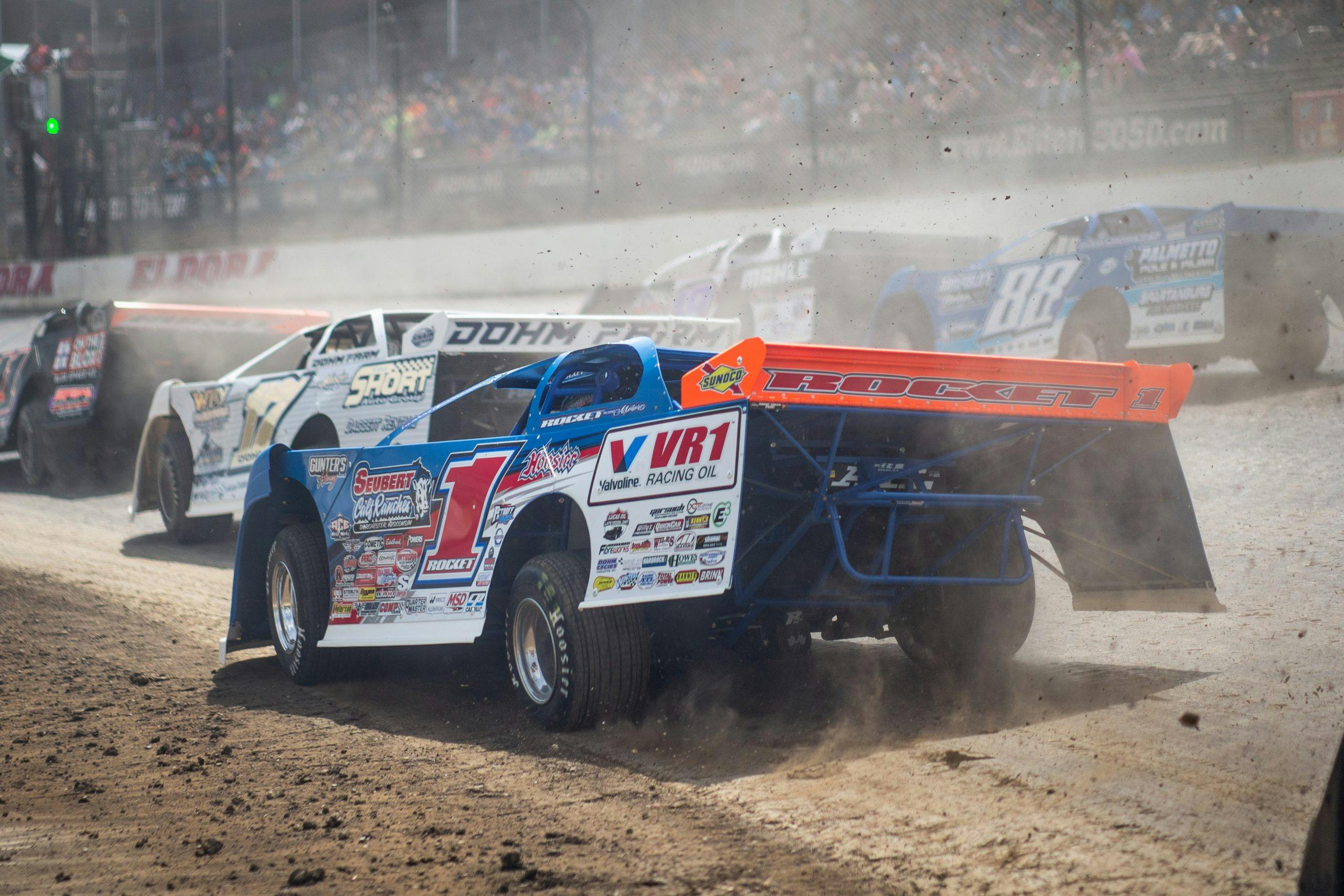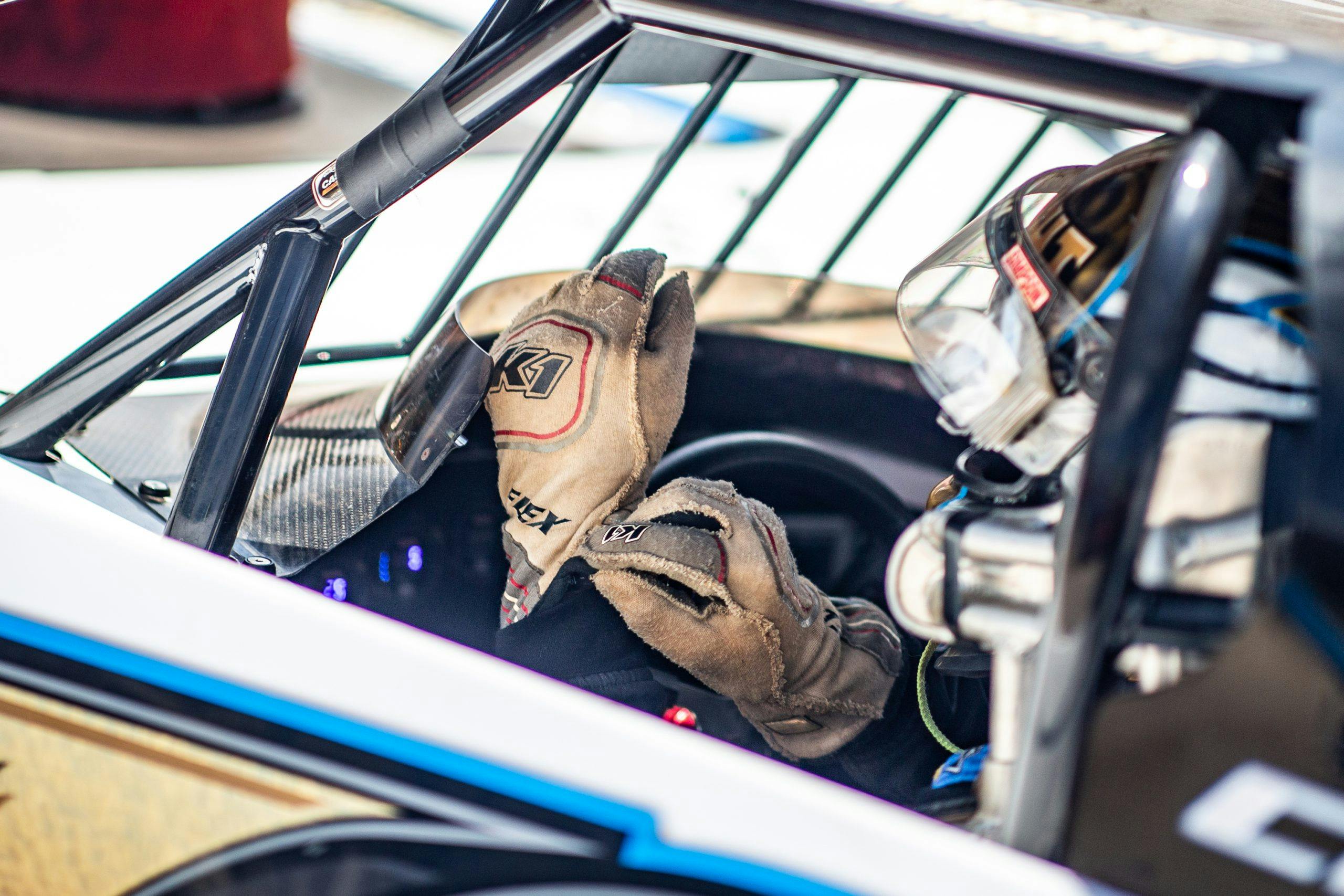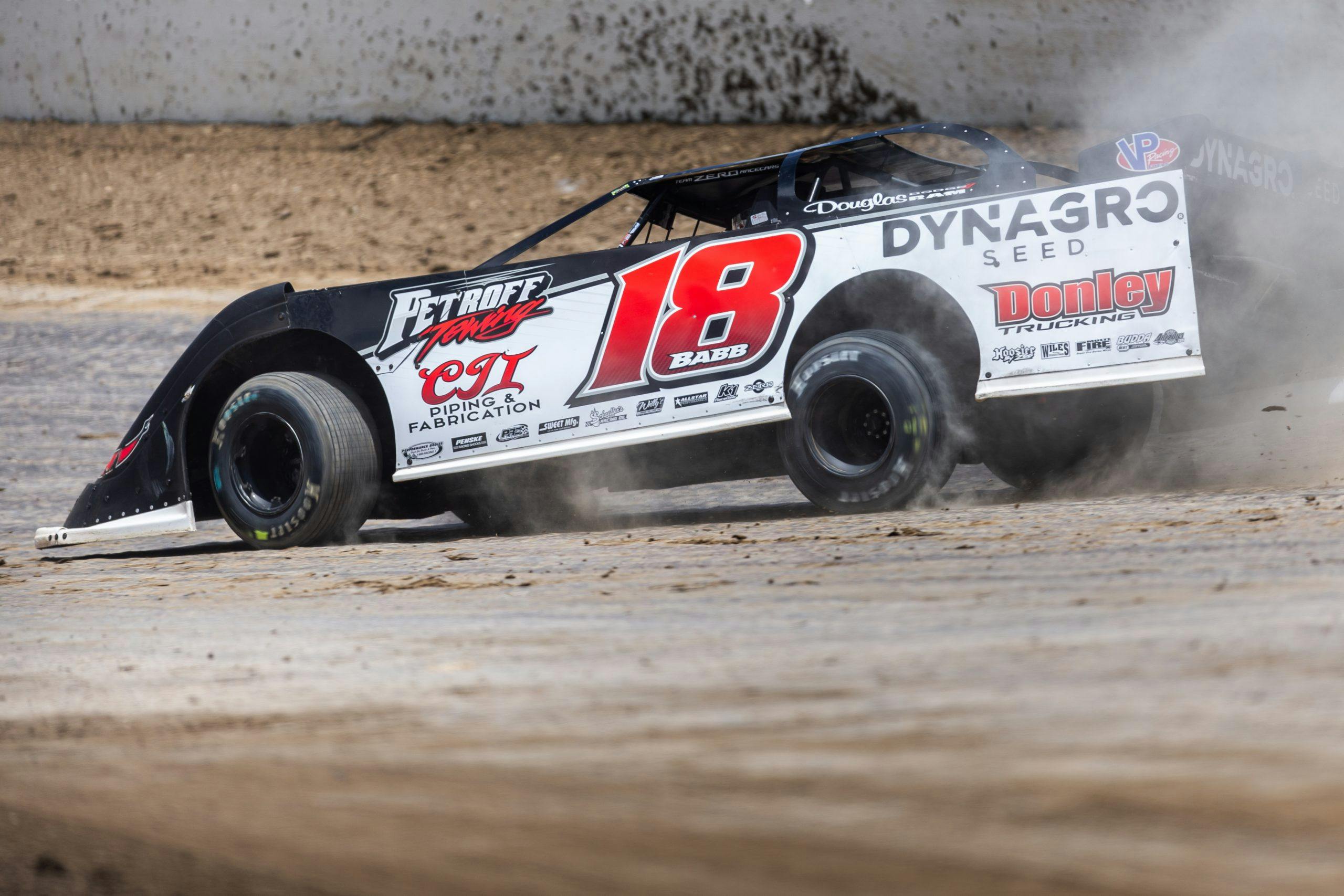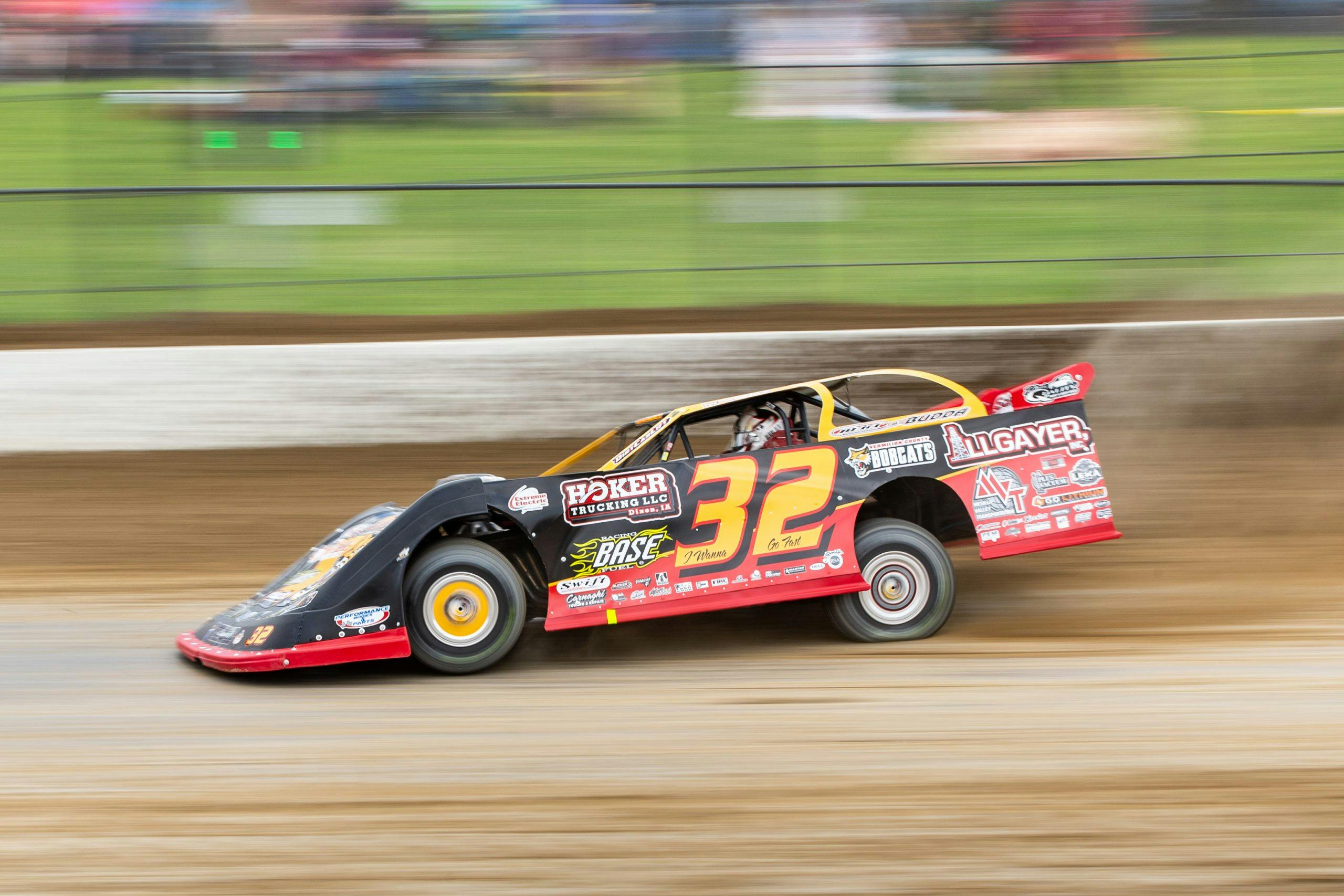Eldora Million: After 21 years, circle track’s highest-paying race roars back
After surviving a late-race challenge from Tim McCreadie, pre-race favorite Jonathan Davenport held almost a straightaway lead on the rest of the 24-car field. The veteran driver known as “Superman” was less than two laps away from winning the Eldora Million—a 101-lap dirt race with a winner’s purse holding over a million dollars.
Much to Davenport’s dismay, as his dirt late model slid out of turn four, he saw that the flagman had already swapped the white flag for yellow—the result of a slow McCreadie who had pushed his tires too hard, resulting in a blowout.
“I thought, ‘Oh sh*t’”, confesses Davenport, in a post-race interview.
Under the contest’s format, any caution in the closing laps would merit a two-lap dash to the finish. If he wanted to take home the checkers, Superman would have to fly.
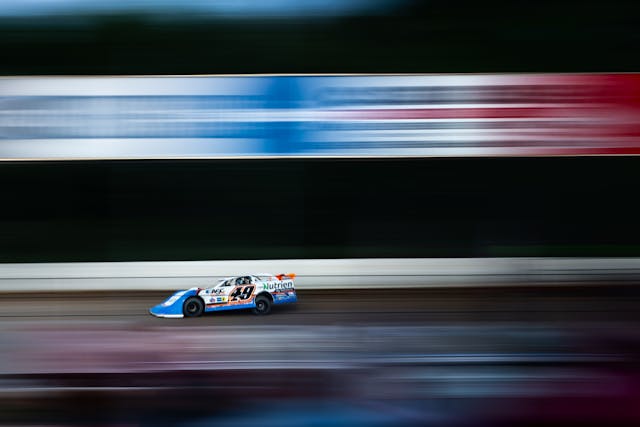
In the early 1940s, dance-band leader Earl Baltes purchased a condemned ballroom from a retired bootlegger in New Weston, about two hours west of Columbus. He found a sign in the building painted with the name Eldora and renamed his dance hall the Eldora Ballroom. A few years later, after an inspiring visit to a nearby speedway, Baltes decided to build his own racetrack in the gravel pit between the ballroom and the Wabash River. An excellent promoter, he held the inaugural race in 1954, and Eldora Speedway became a summer staple for dirt-track ringers.
Baltes was perhaps best known for his ability to synthesize crown-jewel events with large purses out of Eastern Ohio’s humid summer air. In 2001, Baltes organized what would be considered the most prestigious event to take place at the half-mile oval; the Eldora Million. 275 sheetmetal wedges rolled into the pits that weekend, vying for a shot at unprecedented money. Ohio native Donnie Moran took the top spot and, from that night on, he became known as the “Million Dollar Man.”
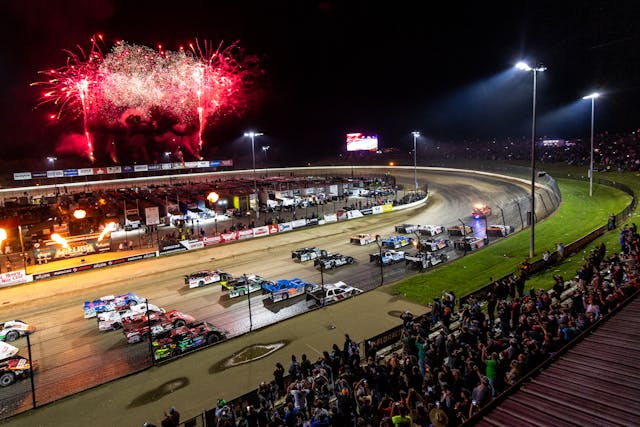
Since Tony Stewart purchased the track in 2004, rumors flew that the Hall of Famer would resurrect the Eldora Million. Rumbles became real-life last November, as the crew at Eldora shook the dirt-track world by announcing that the prestigious race would return on June 9, 2022, after a 21-year hiatus. The oversized check for the second-ever Million would read $1,002,000, making it the largest-ever winner’s purse for a dirt race. Drivers circled the date and set to work. Some teams opted to build a brand-new car. Some chose to simply freshen up their 900-hp small-blocks. Still others—like Davenport’s outfit—set aside a proven piece for the big dance.
Another team was assembled specifically for this race. Daytona 500–winning crew chief Jeremy Bullins has always been a fan of late-model competition. Before his time on the pit box for Team Penske, the North Carolina-native wrenched in the dimly lit pits of his local short track.
“The decision-making strategy part of NASCAR is fun, but I enjoy working on these cars. There’s a ton of stuff you can do,” says Bullins, who revels in the relatively thin late-model rulebook. “Obviously the rules are little more generous than the NASCAR Cup side. When they announced this deal, I figured, ‘I have as good of car as anybody. I want to go.’” To make an honest run at the Million, Bullins employed rising dirt driver Tyler Courtney.
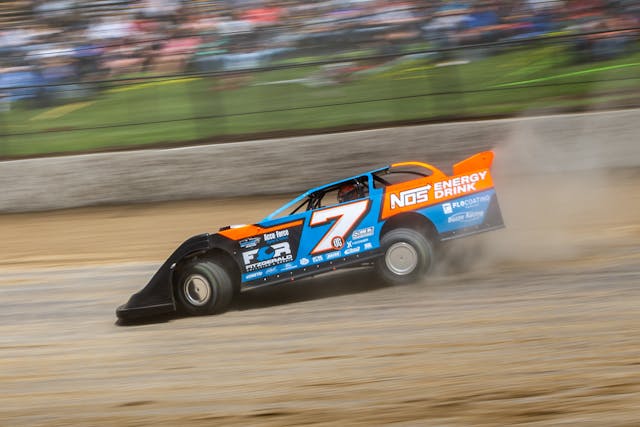
The morning before the show, Eldora general manager Jerry Gappens addressed the group of 124 drivers in the competition meeting. Earlier this spring, Stewart hired Gappens to maintain his dirt oval and its staff after plucking him from a rival dirt track in Indiana where he served as its promoter. Calm and cool, in a tucked-in red polo, the new ringleader gave no indication that this was his first year at the helm of Eldora Speedway.
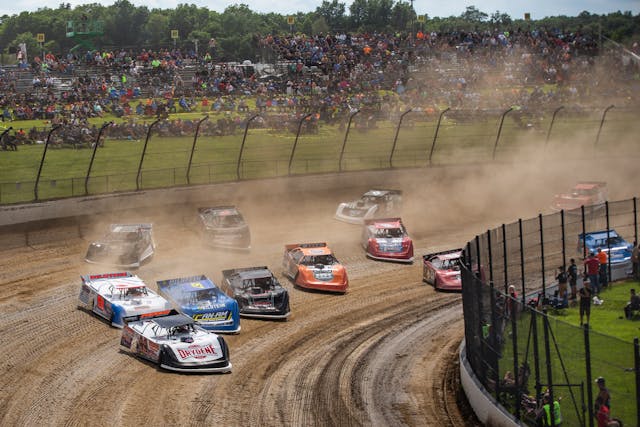
Gappens had every reason to be a ball of nerves on that Thursday morning. During the off season, the crew resurfaced the aging dirt surface with a new batch of clay. In the weeks following, the new stuff was settling oddly, holding moisture pockets and forming massive divots under the Hoosier rubber.
“Honestly, on Tuesday, we thought that we were going to have to pull the plug on the whole thing,” said Gappens. Instead the new manager—with the help of boss Tony Stewart, who flew in to pull an all-nighter operating grating equipment—hired a construction company to scrape 150 truckloads of new clay away to expose the old surface.
“Wanted to give you a million-dollar track for the million-dollar night,” he told the drivers.
“The Million is the second-largest winner’s purse in motorsports. It’s the second only to the Indy 500. That’s about $20,000 per mile,” says Gappens. This year’s Indy champ Marcus Ericsson earned about three thousand dollars per mile. Eldora’s venue was tinier, the teams were smaller, but the purse was just as grand as the “Greatest Spectacle in Racing.” The pack of drivers, hungry for life-altering winnings, proved the title apt.
Davenport rocketed under the fluttering green flag. Two laps to decide it all. Minimal wheelspin and decent speed into the first turn, his start was good. But second-place running Chris Madden’s was better. Madden, unlike Davenport, had gone winless in Eldora’s previous big-money events. A win at the track’s richest event would soothe the pain of previous losses. He cut below Davenport, inches away from the inside retaining wall, and washed across Davenport’s nose. Less than a mile from the finish, Superman surrendered the lead for the first time all night.
“This sport takes a lot to do it,” said Madden, before the landmark race. “Us guys don’t have great retirement.” For the 47-year-old, who is likely in the twilight of his career, the million-dollar payday would be a “game-changer.” For a moment, Madden assuredly saw a plump retirement fund beyond the hood of his late model.
Madden’s time in the lead was fleeting. By taking an aggressive angle into the corner, he sacrificed his momentum on the exit. He struggled to find grip out of the second turn. A sub-par run down the backstretch sealed his fate: Superman donned his cape one last time and slid back in front of Madden.
White flag.

Despite leading a majority of the race, Davenport’s day was far from a cakewalk. During a preliminary heat race, he noticed a vibration, but couldn’t determine its cause. The team replaced the transmission, and after three attempts, finally married the driveshaft to the new box. “We didn’t even have time to wipe the car down,” said Davenport.
Likely, nobody noticed. Davenport was a streak of blue-and-white, pulling away from Madden in the final lap and streaking past the flag stand to victory. The new million-dollar man emerged from his car minutes later and stood on its roof, steering wheel thrust toward the sky.
“I’ve been thinking about this race so much this year,” Davenport says. “Somebody asked me about where I’m going next year, I have no idea. My 2022 starts tomorrow.”
Over the past year, two events stand out as attestations to the current climate of the grassroots circle track scene. The first was a $50,000 fine doled out to a World of Outlaws sprint car team after officials found chassis tubing to be too thin. The second is the Eldora Million. Both events illustrate how the days of budget, blue-collar circle-track racing, at least at the national level, are long gone. Salvage-yard scalping, open trailers, and $2000-to-win are firmly in the past (or exclusively in bomber classes). A top-tier late model costs well over $100,000.
With all this sunk cost, plus the large fines and larger budgets, it’s a wonder that someone hasn’t offered up a million in first place winnings since Baltes in 2001. (Then again, there’s the old motorsports adage, “If you want to become a millionaire in auto racing, you have to start as a billionaire.”) We might not have to wait as long for the next Eldora Million. Whenever that may be, you can expect Superman to be in the mix.

